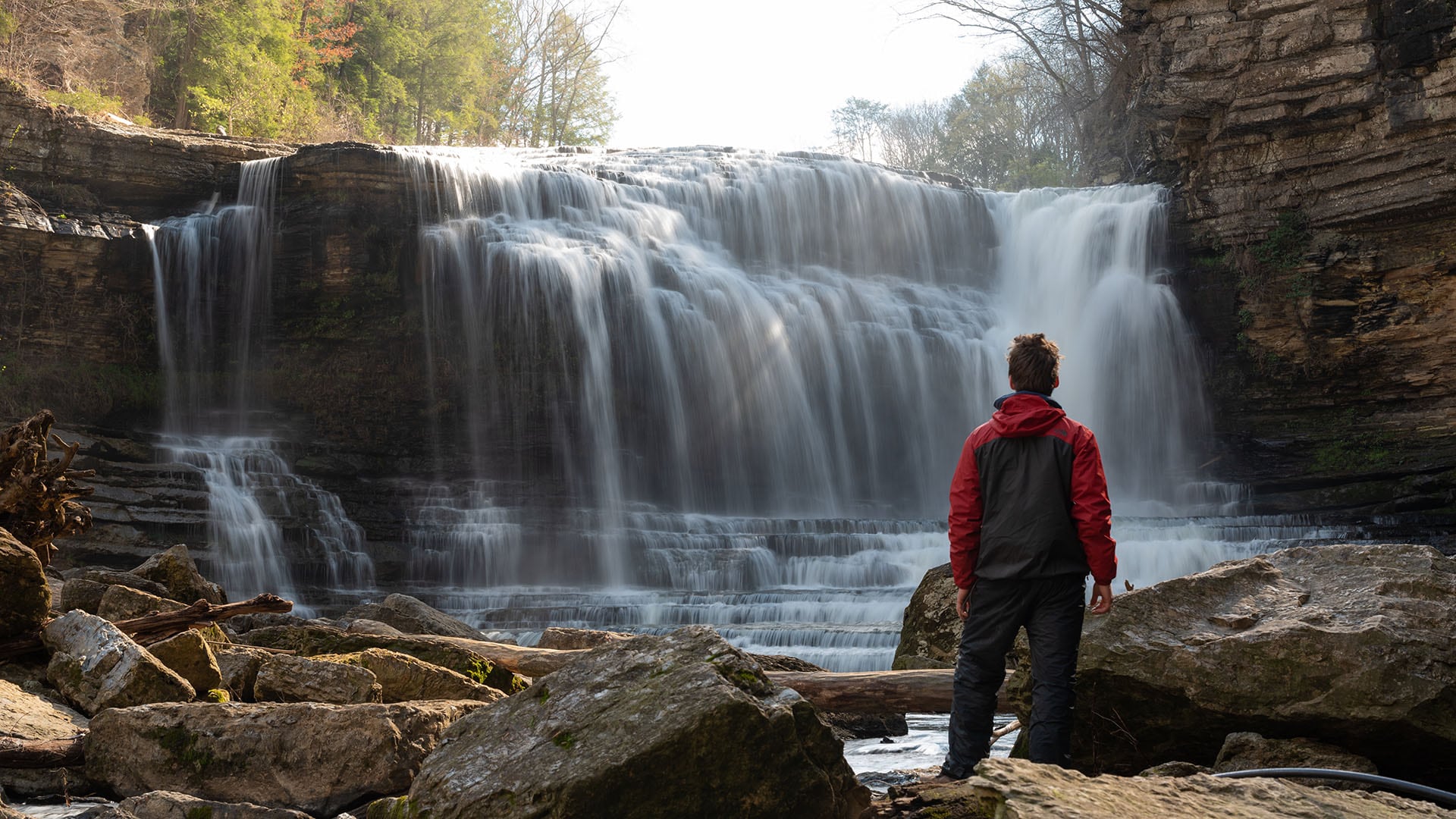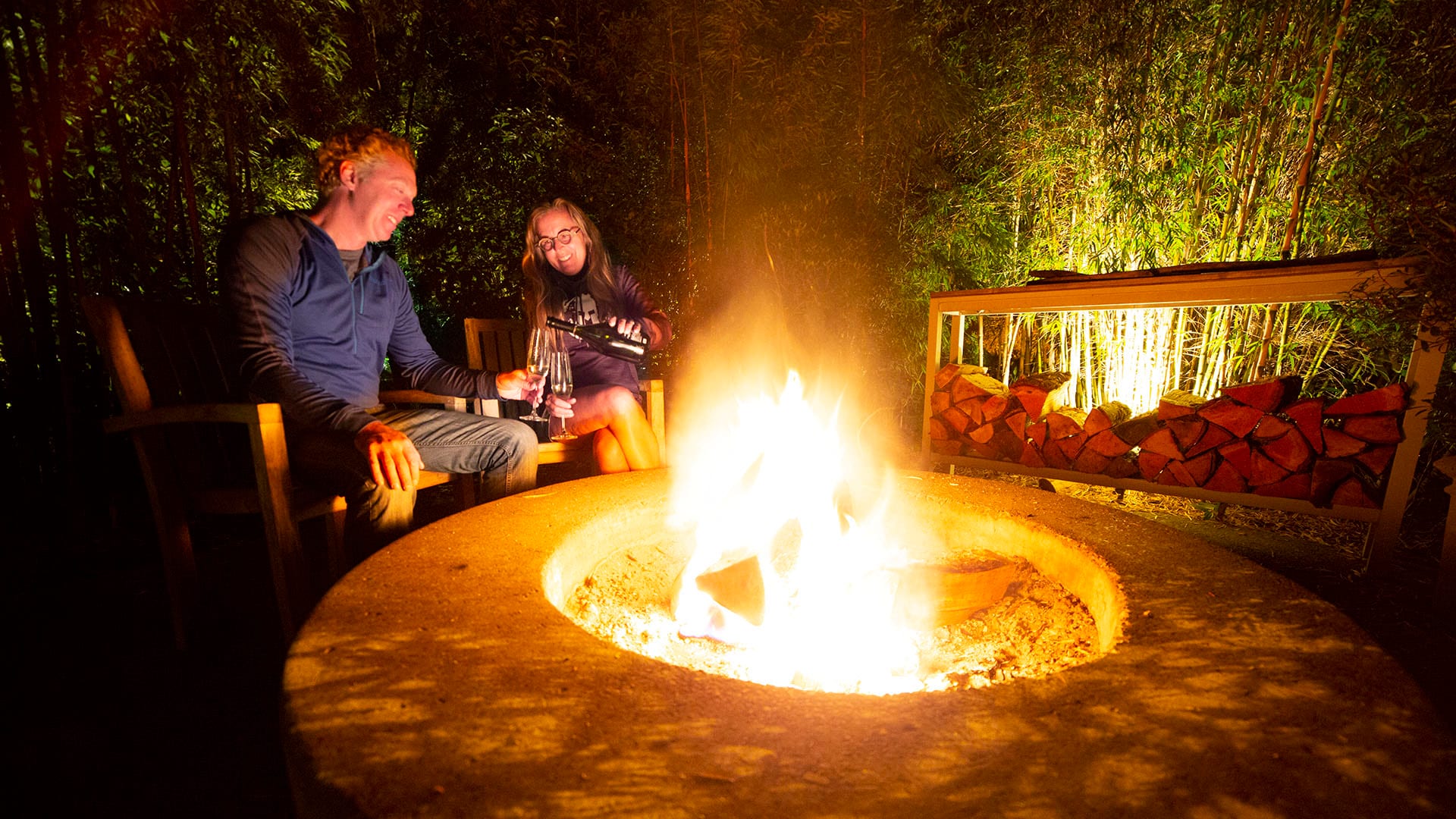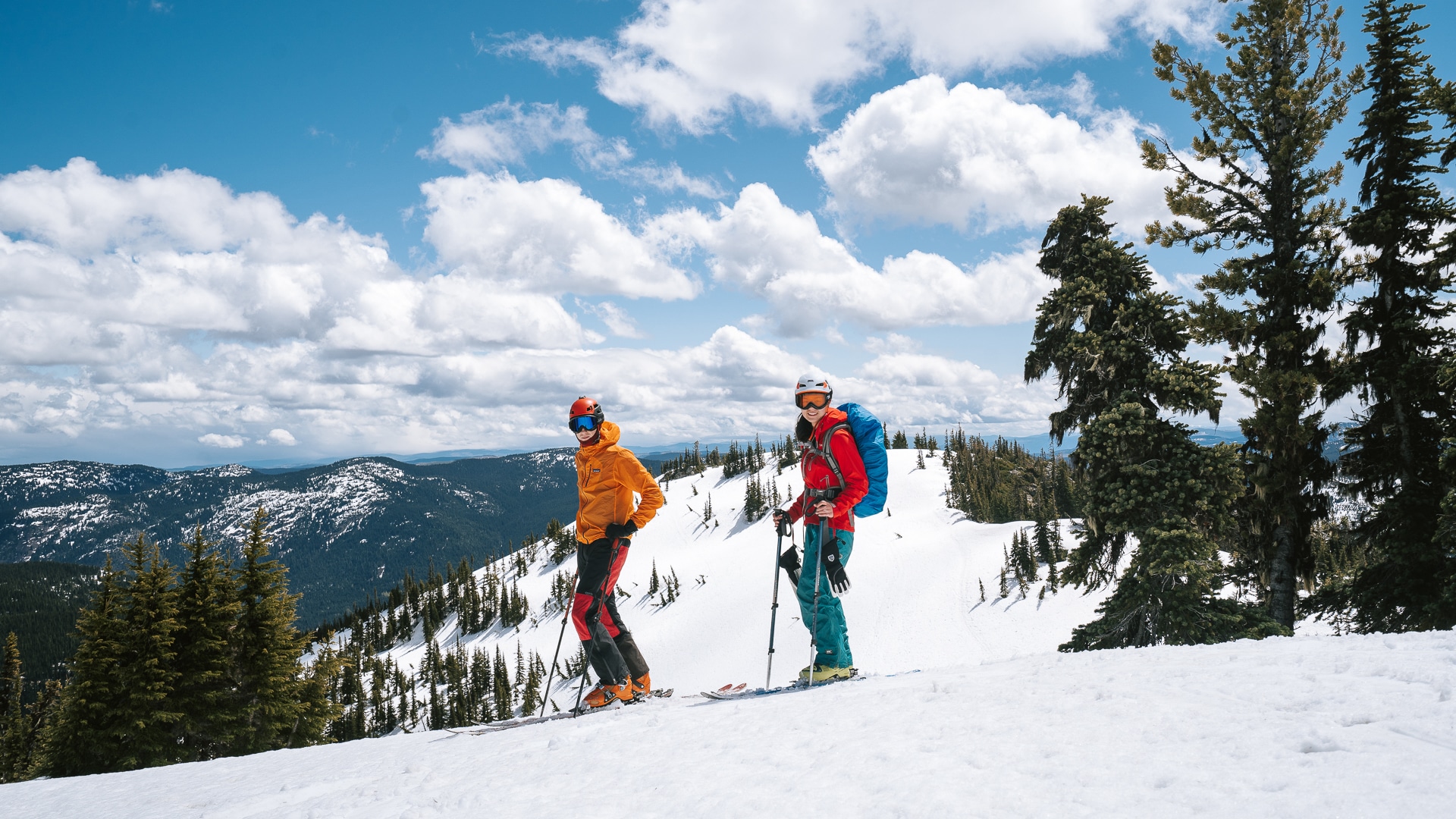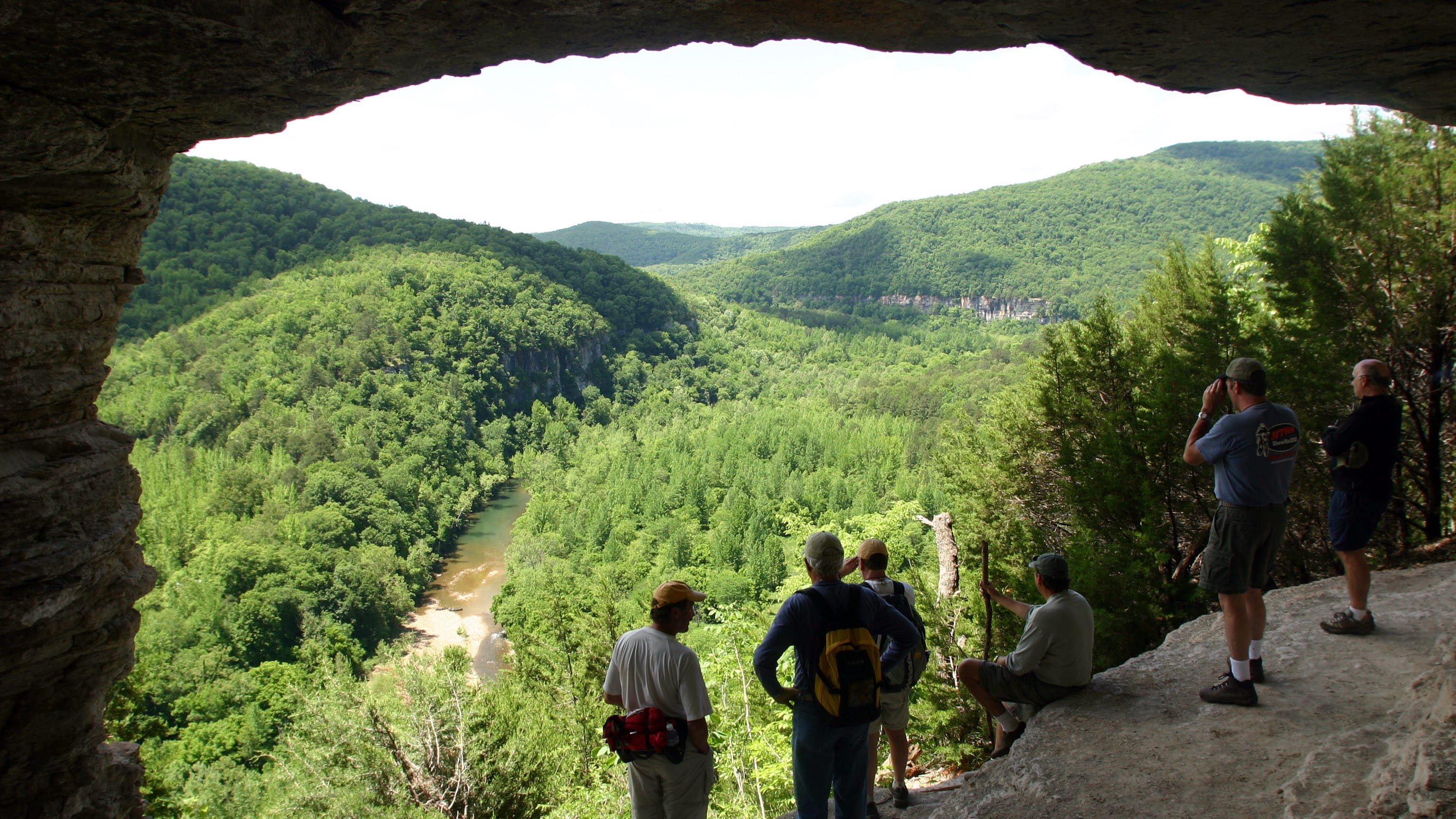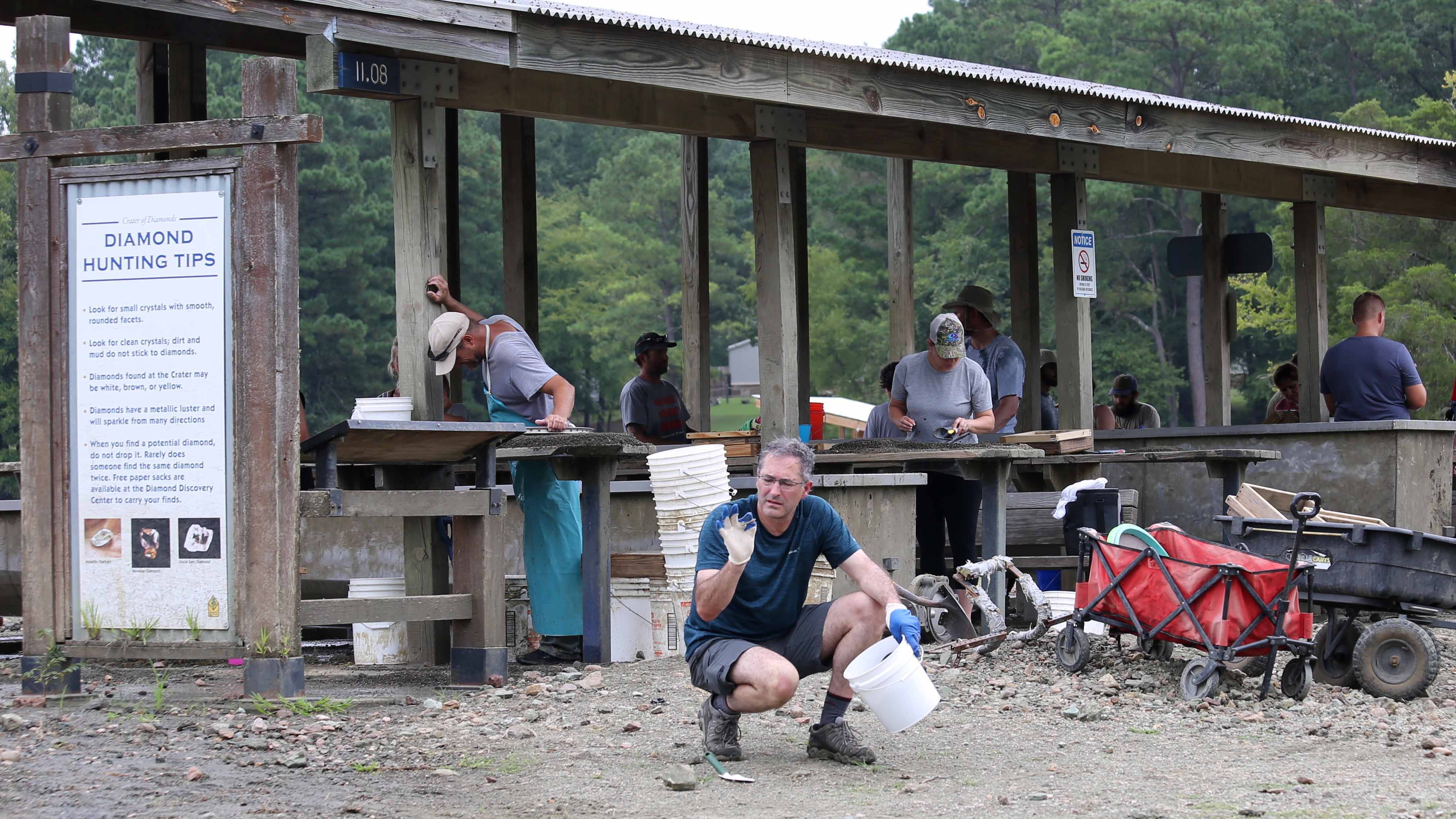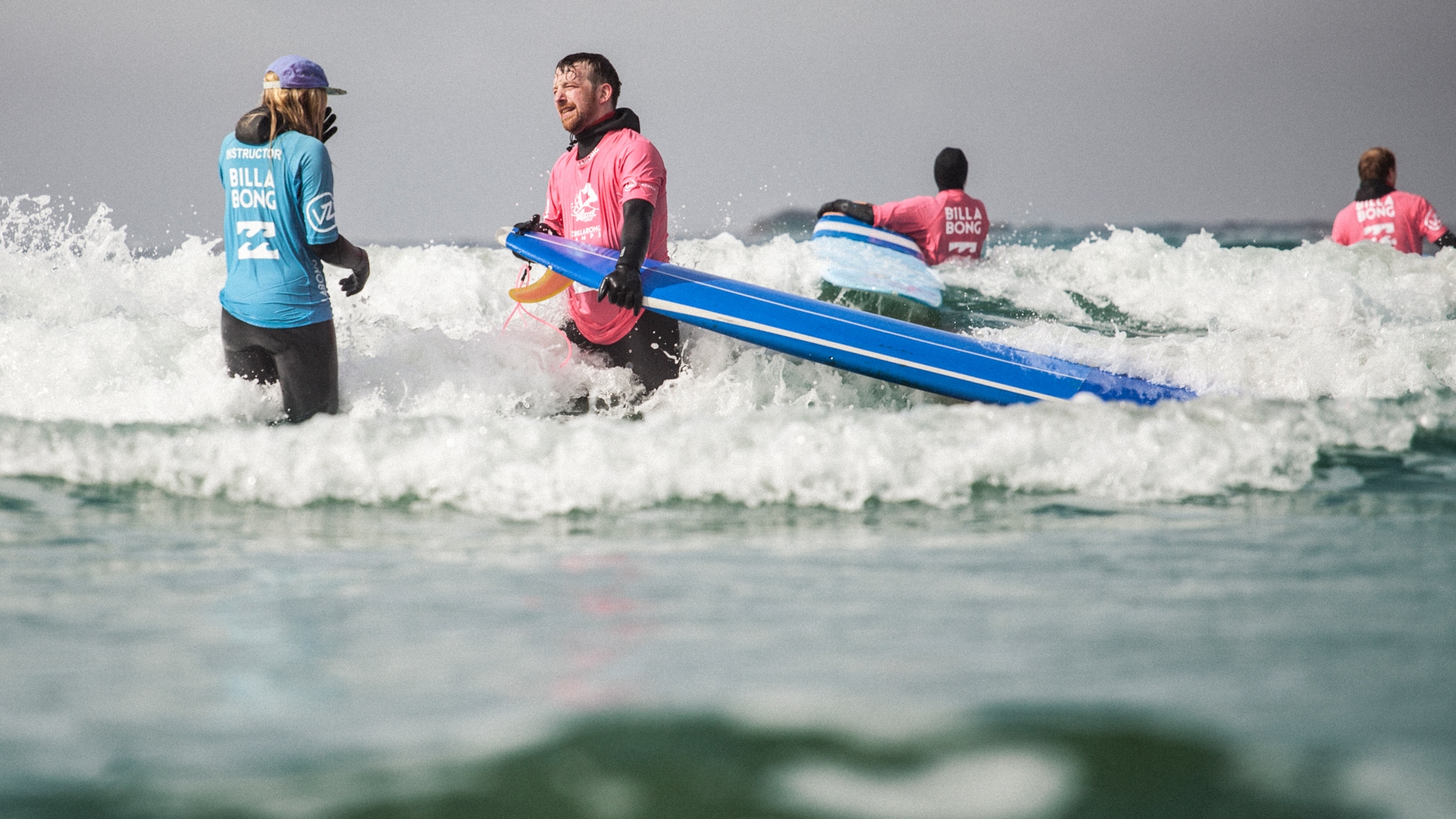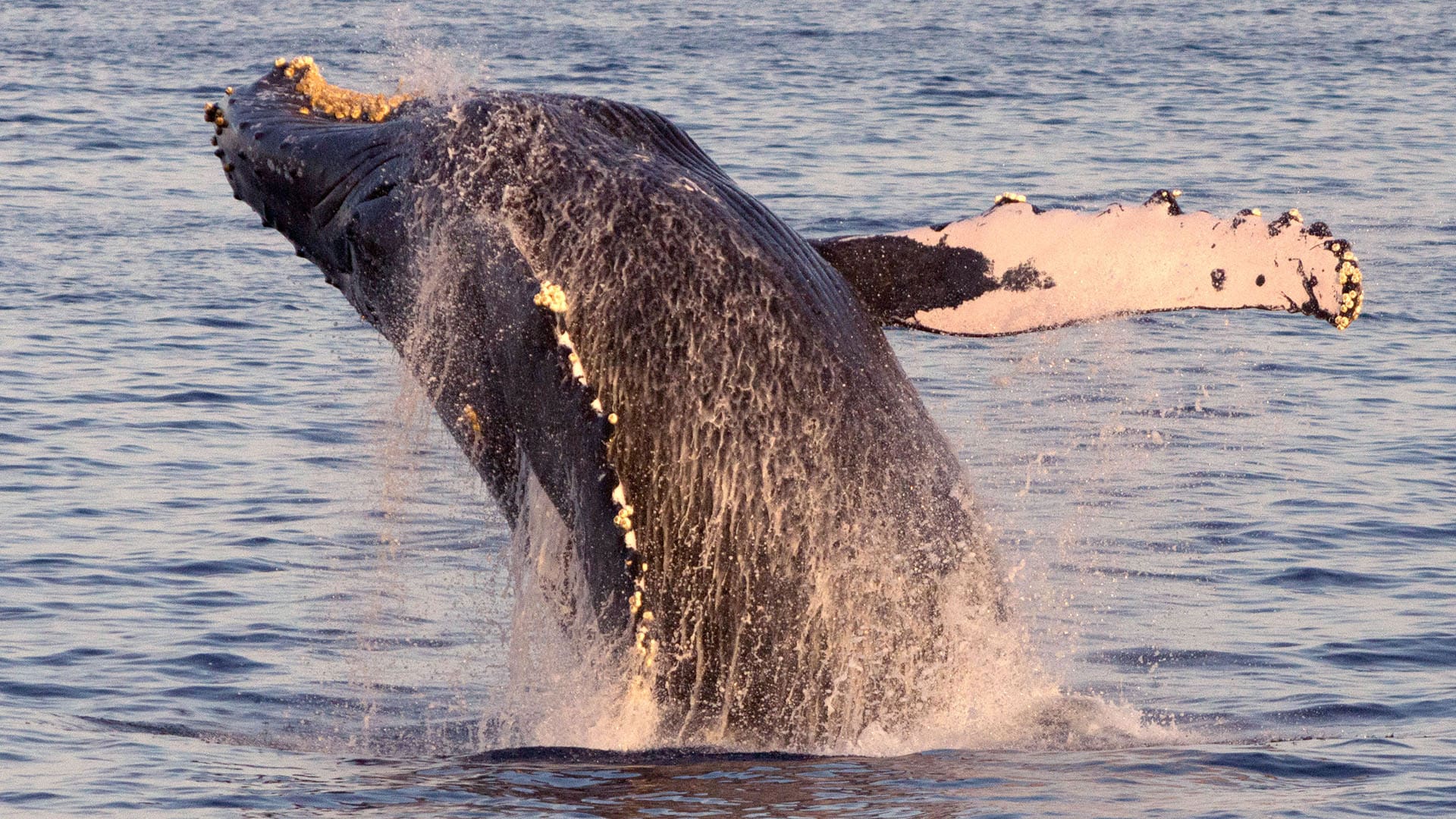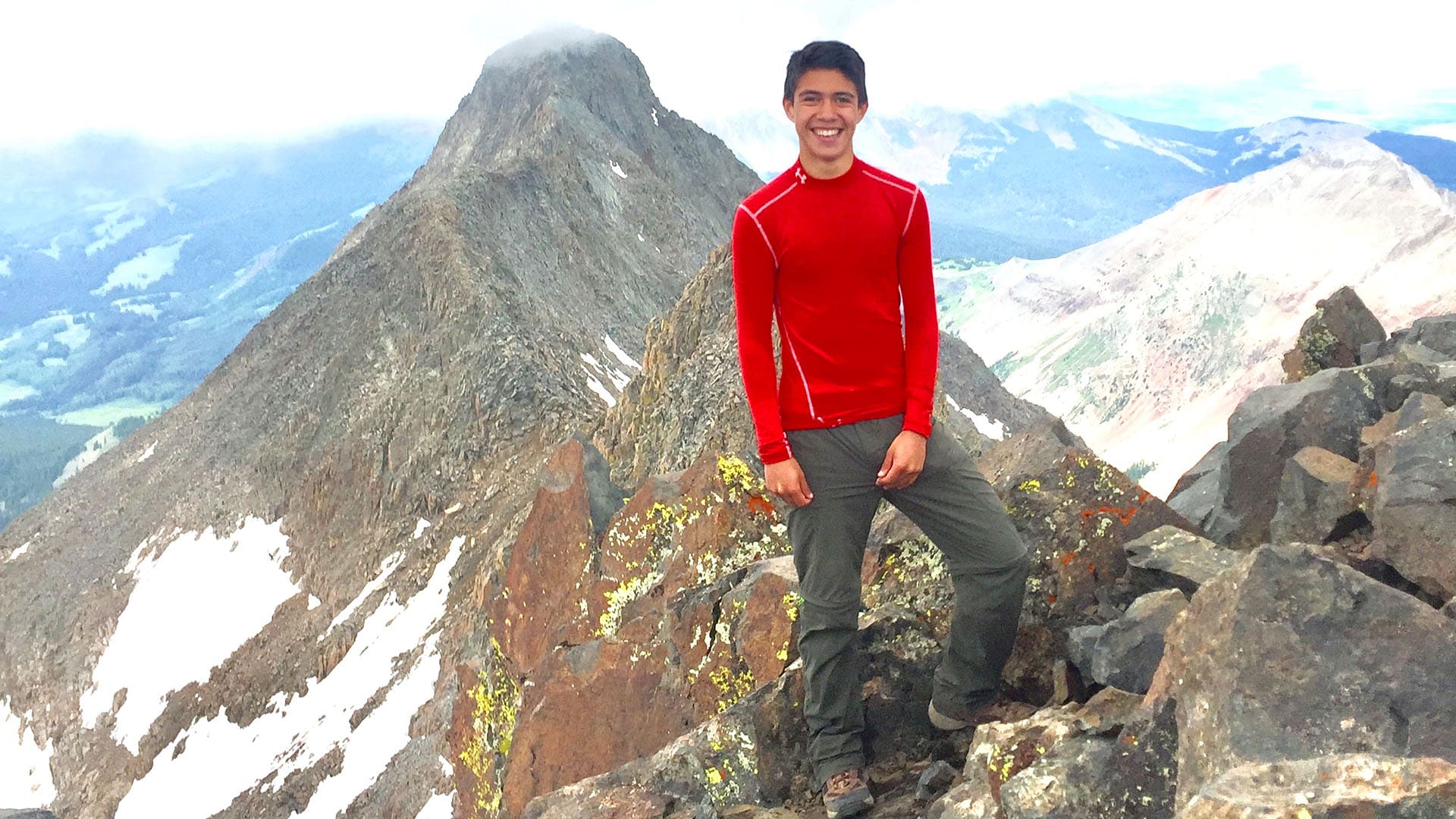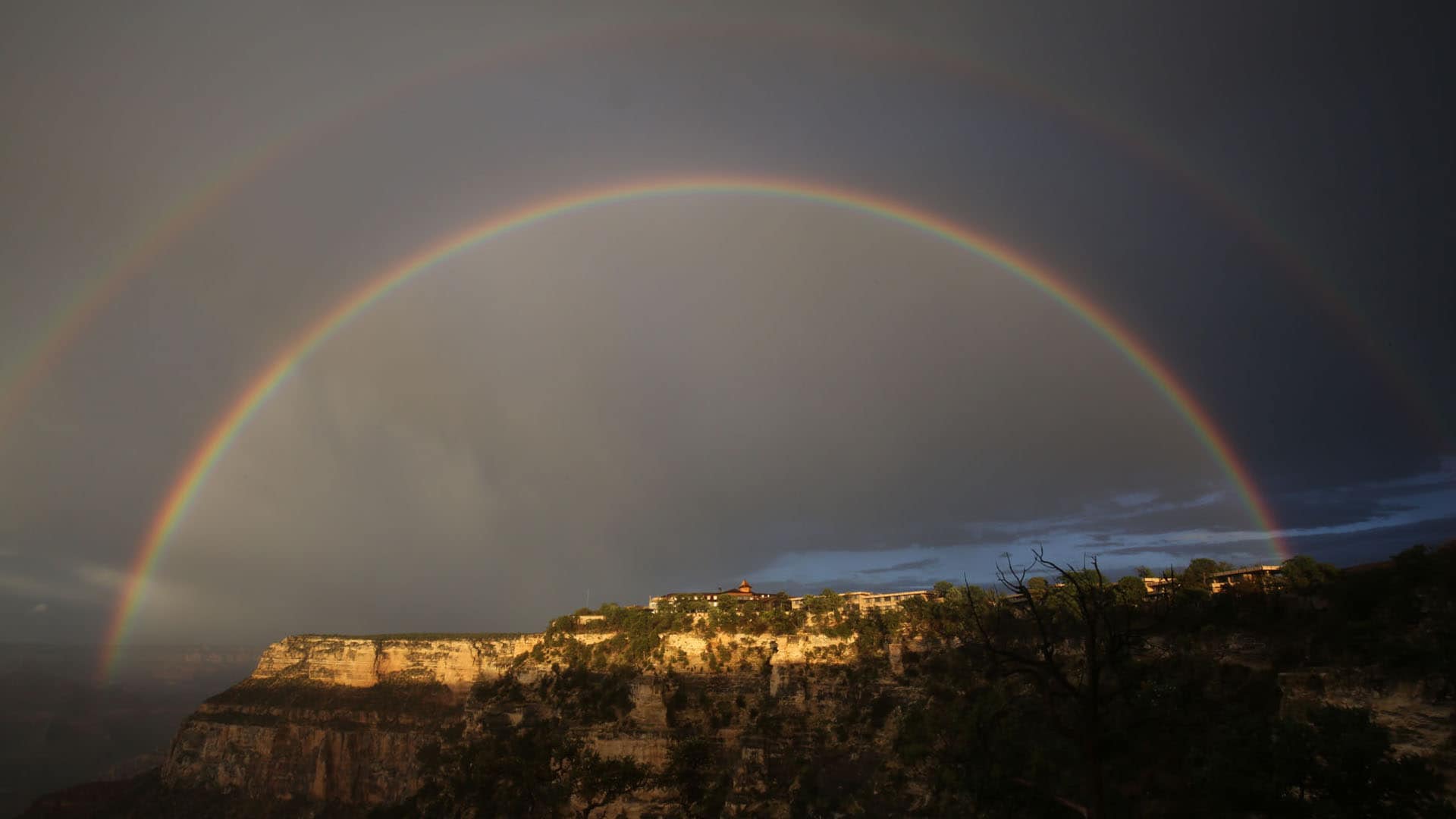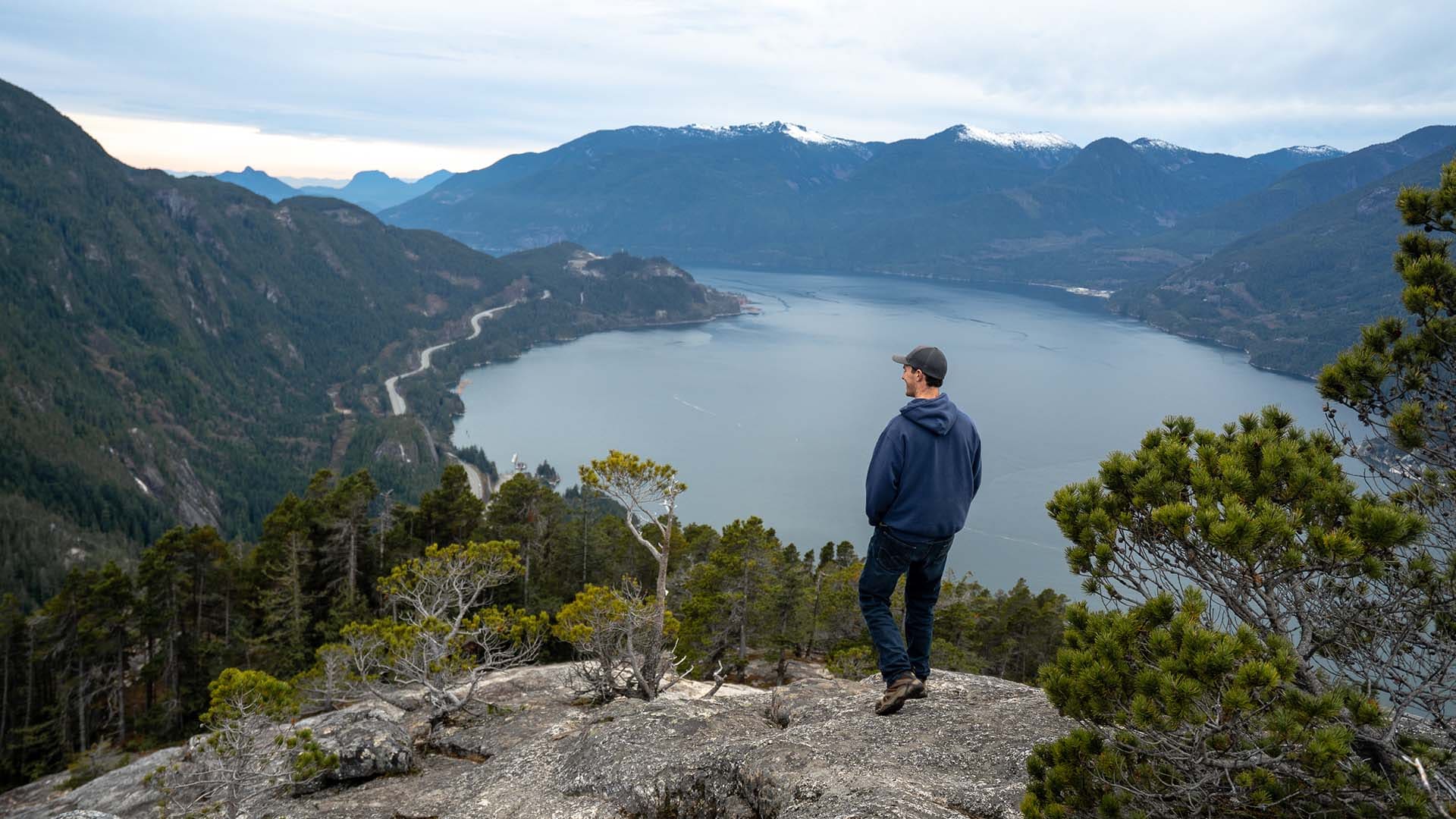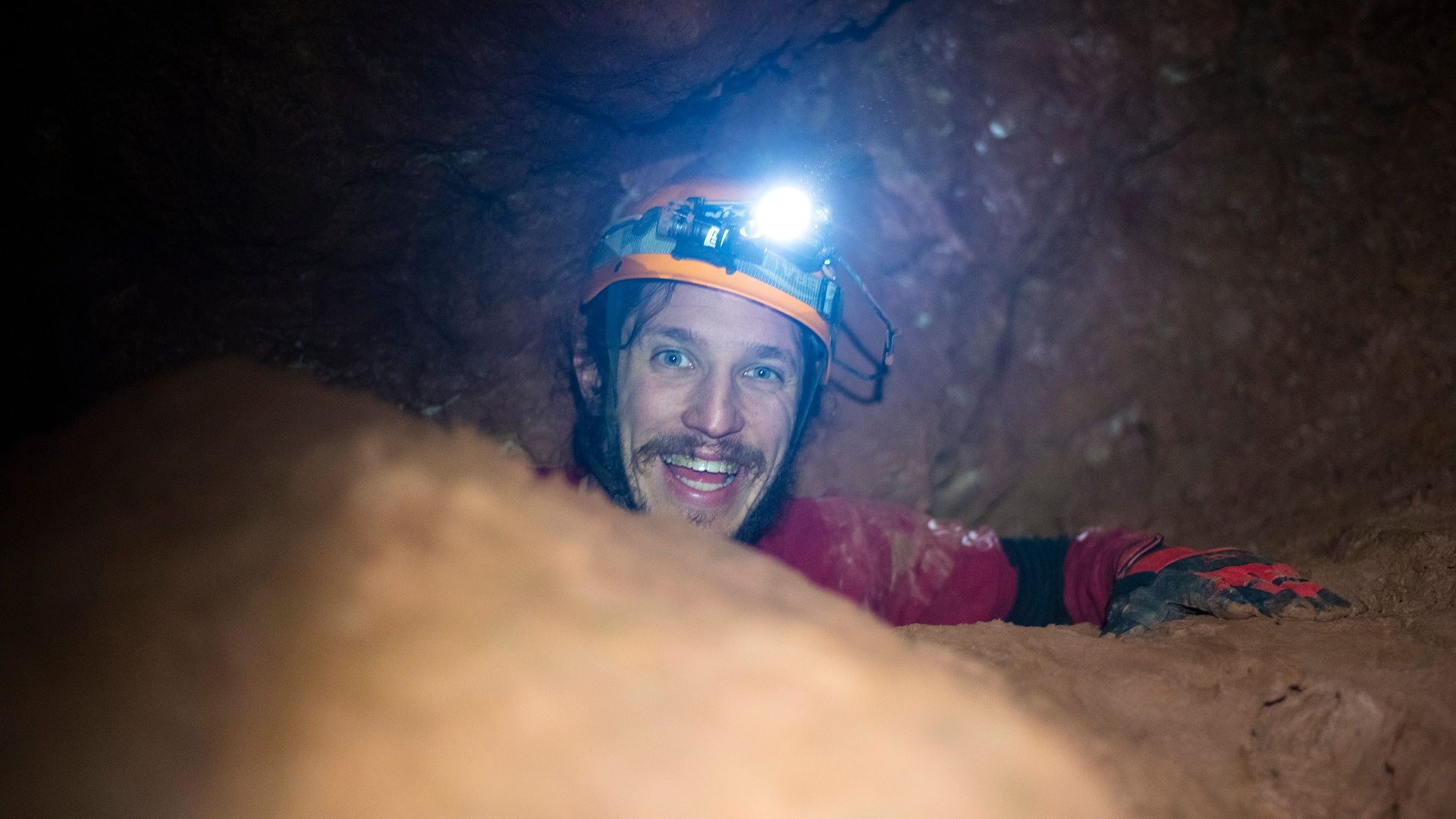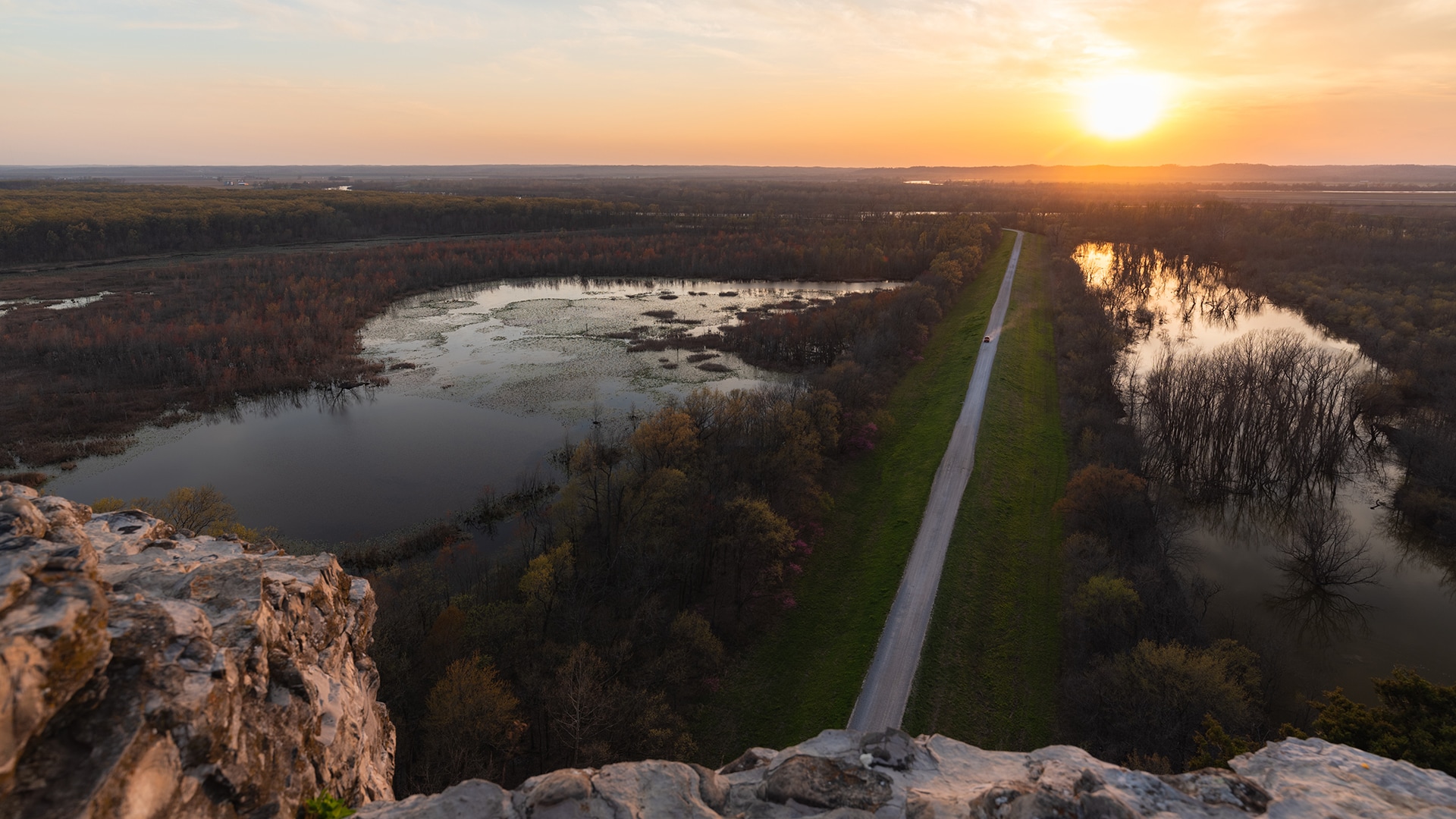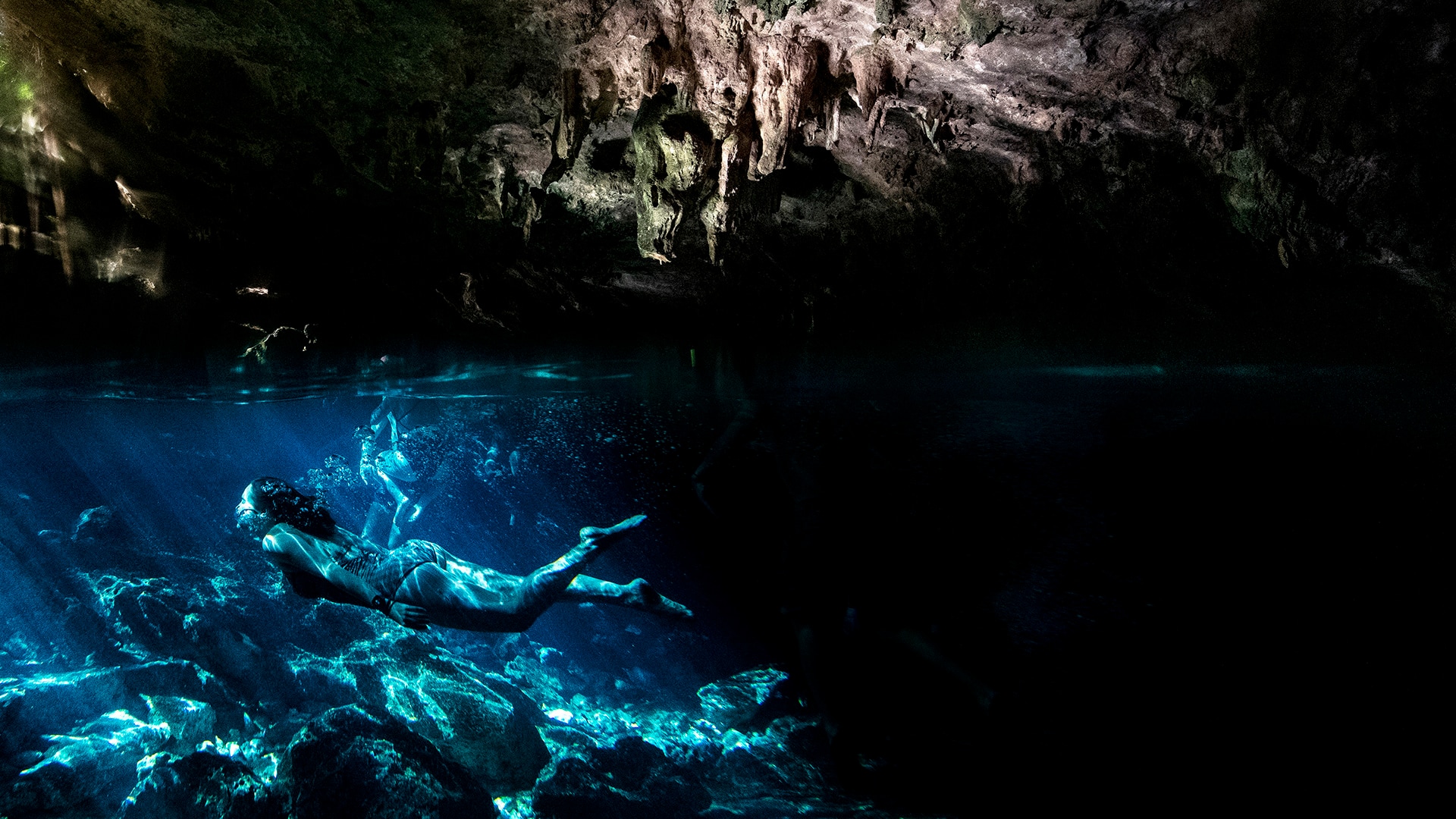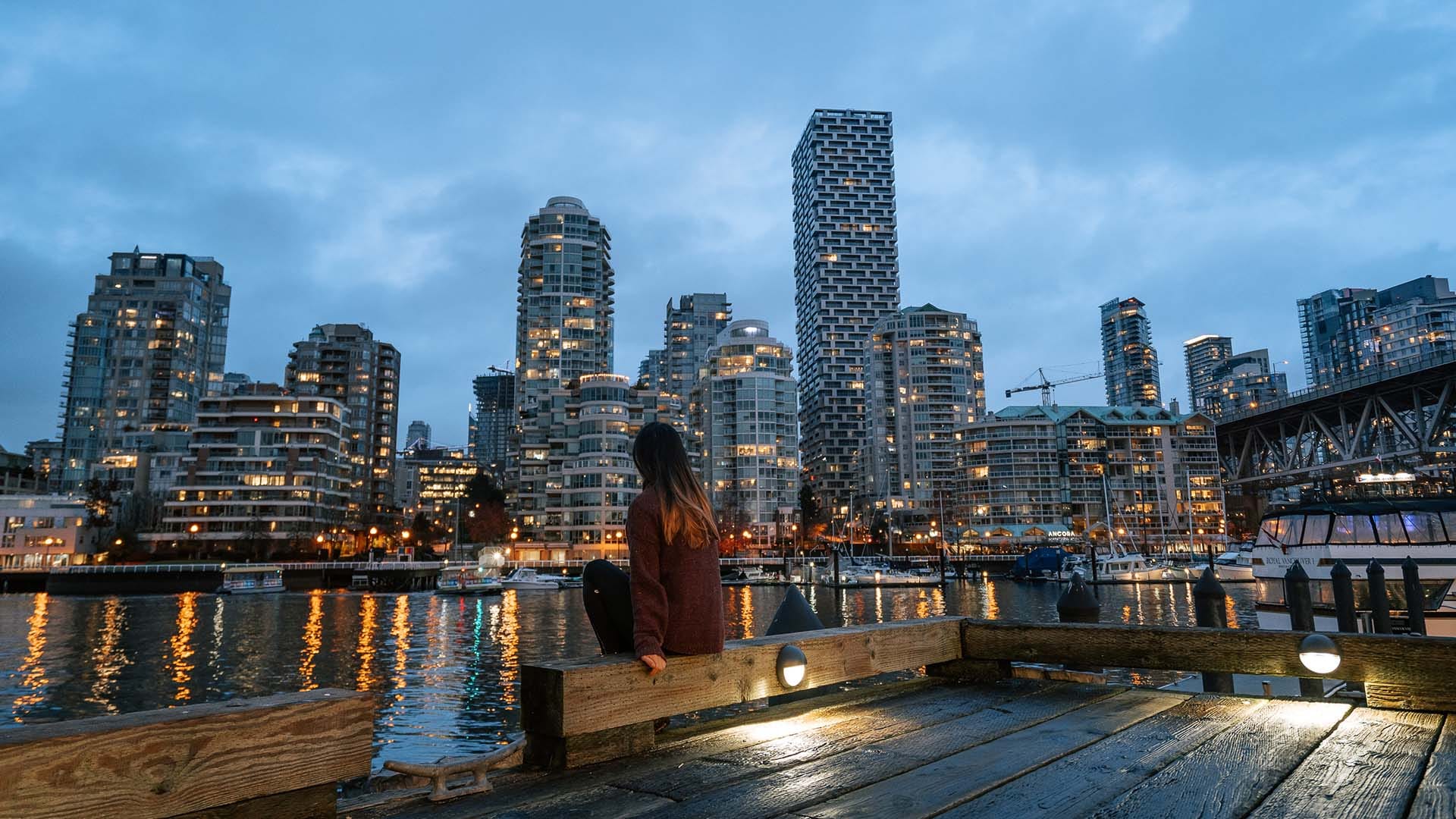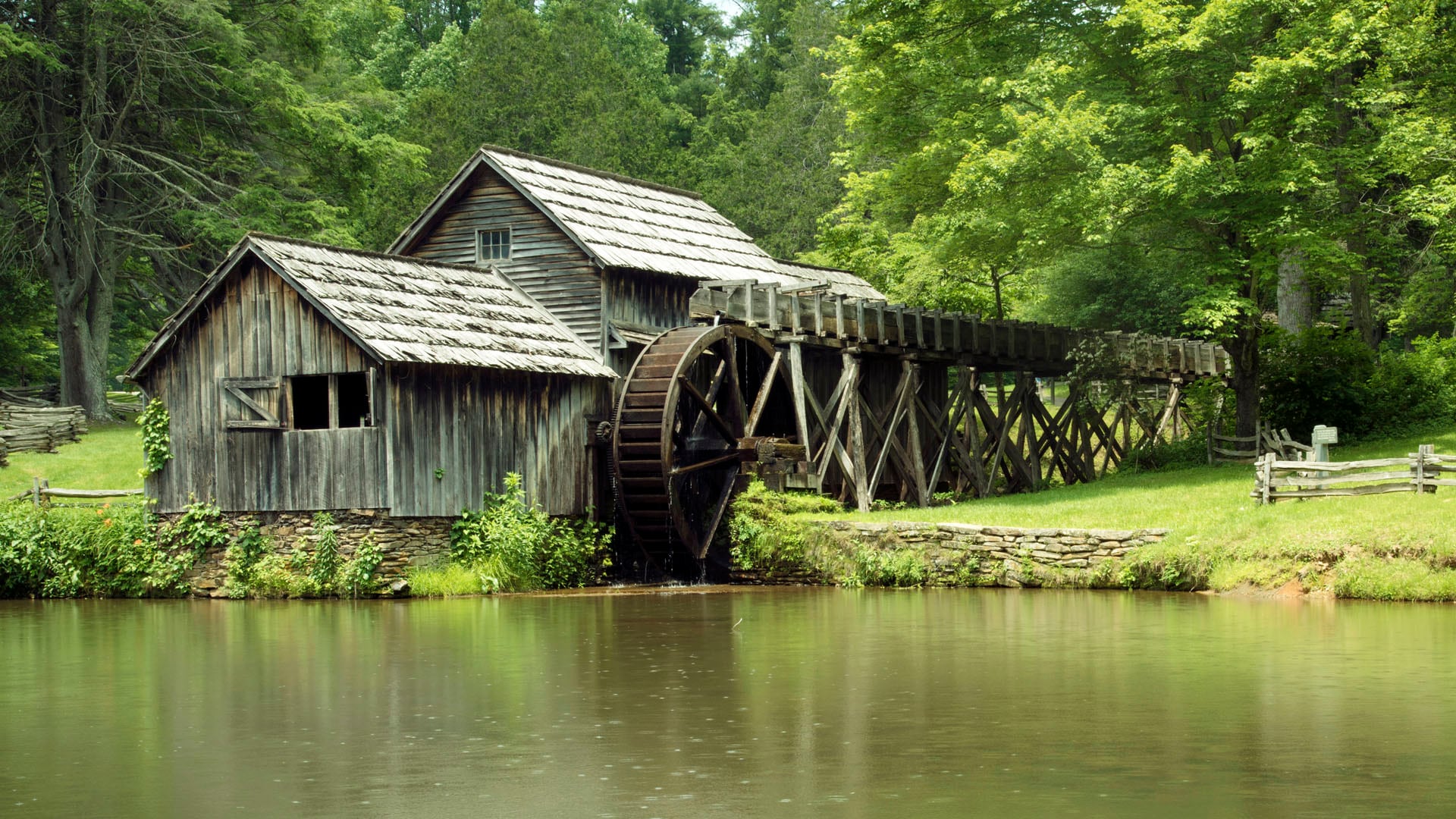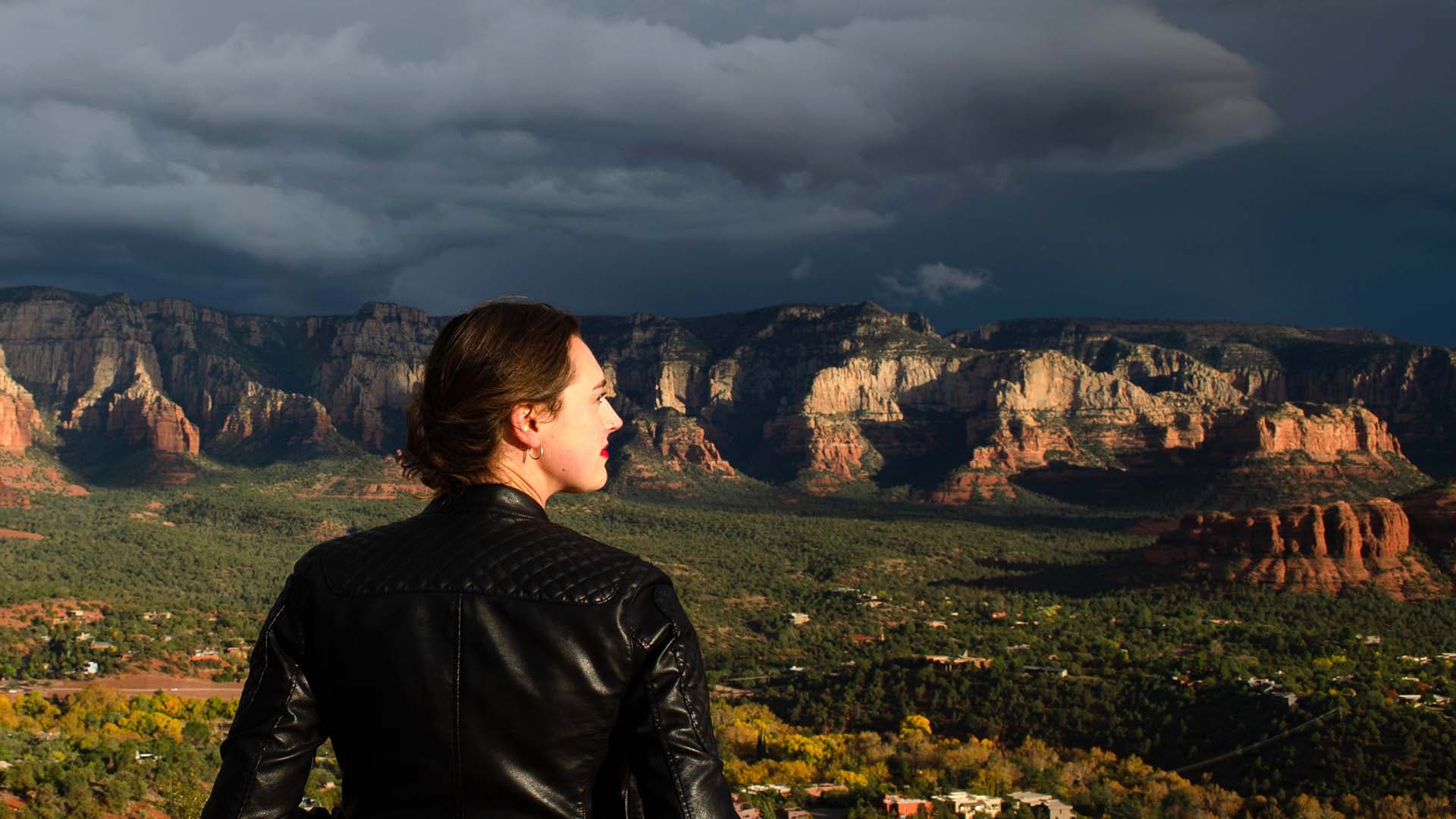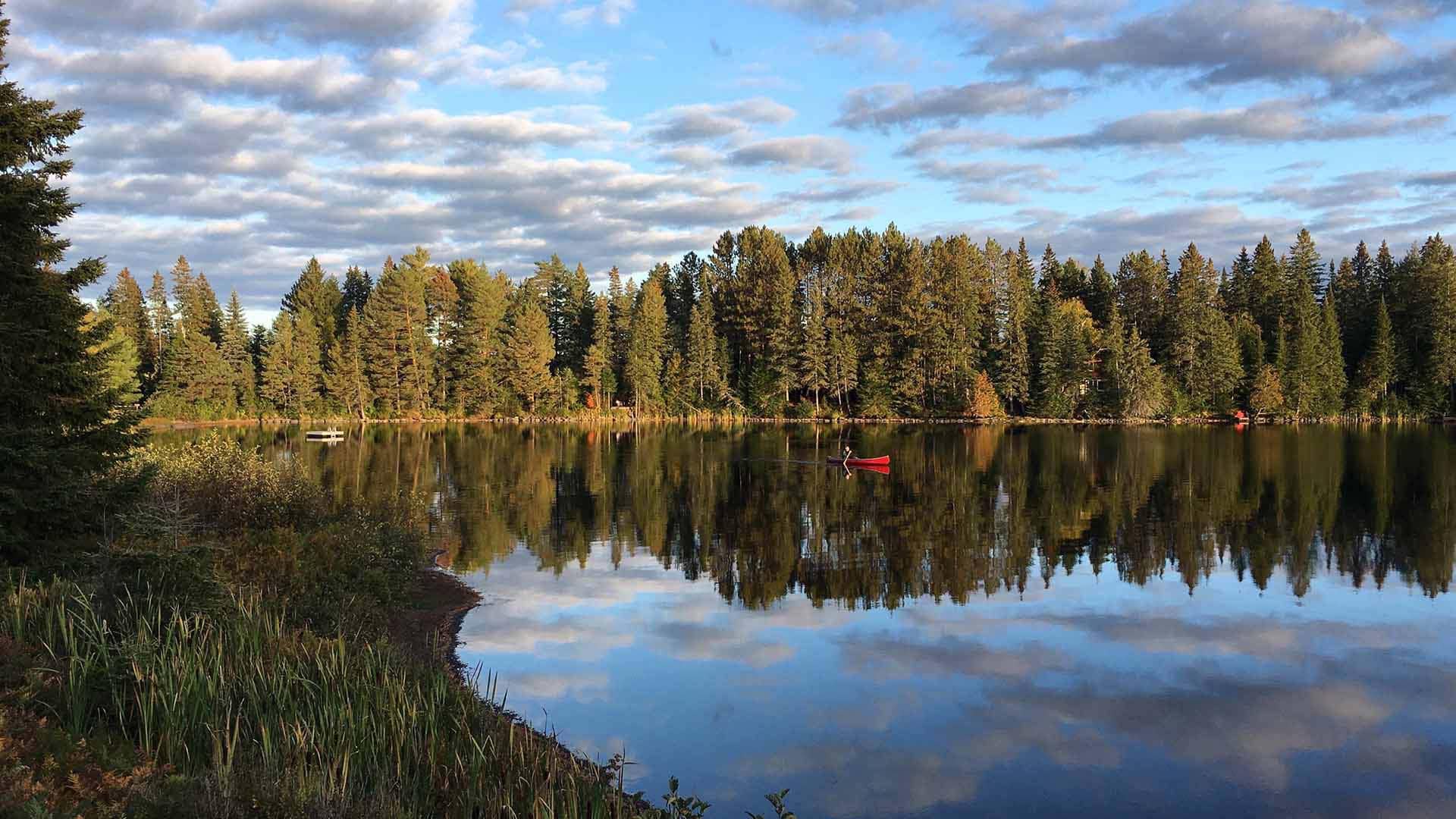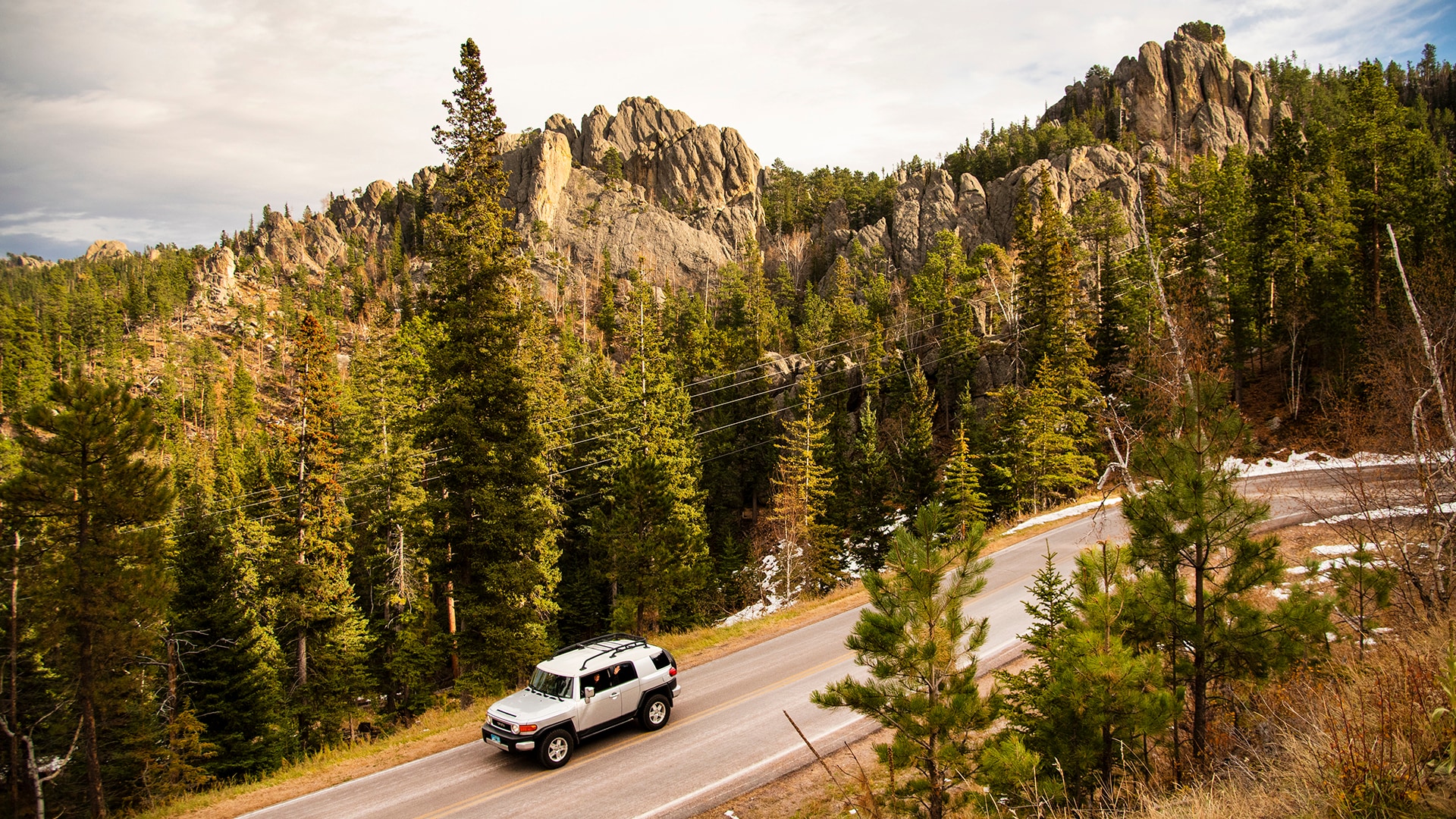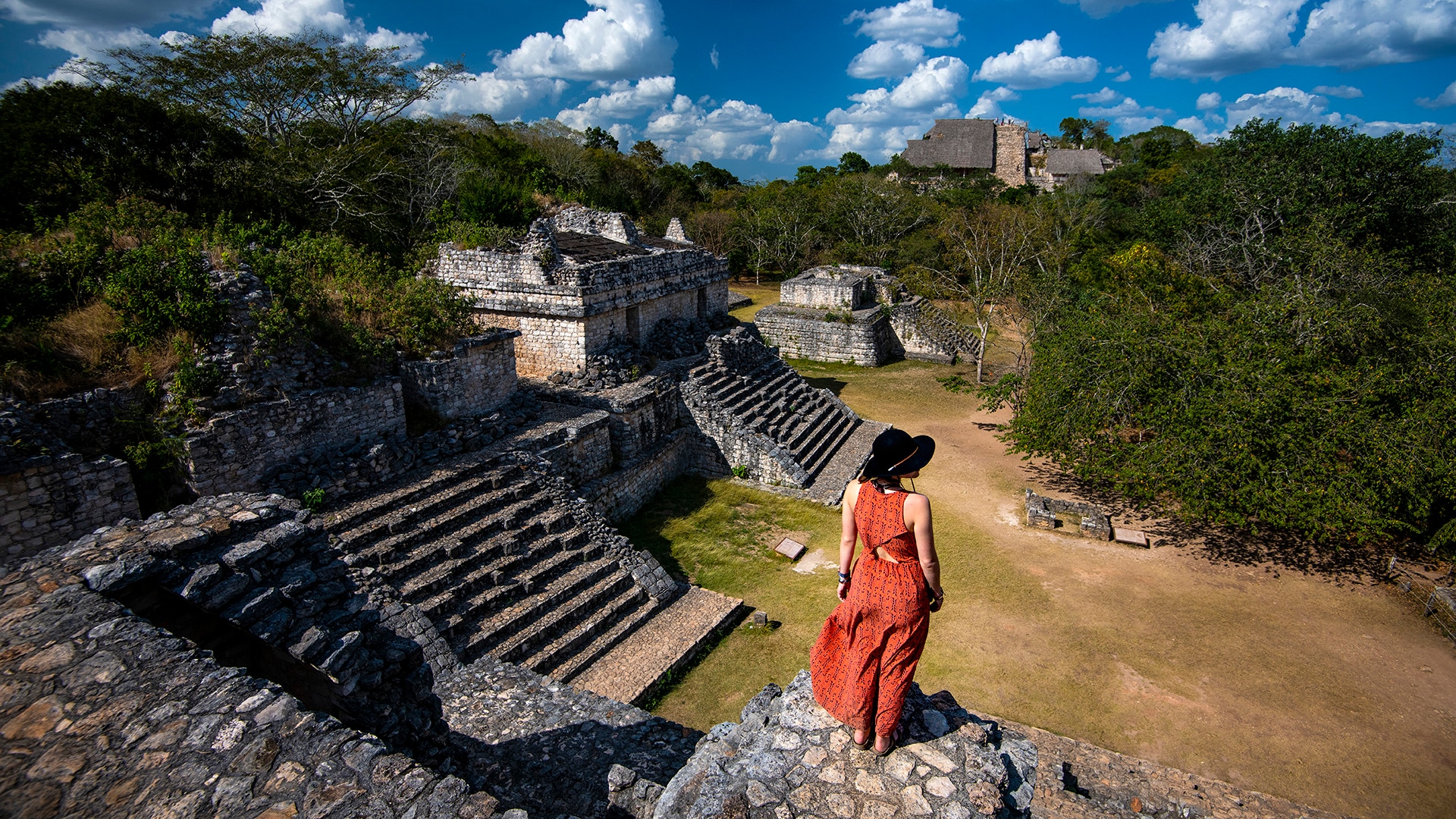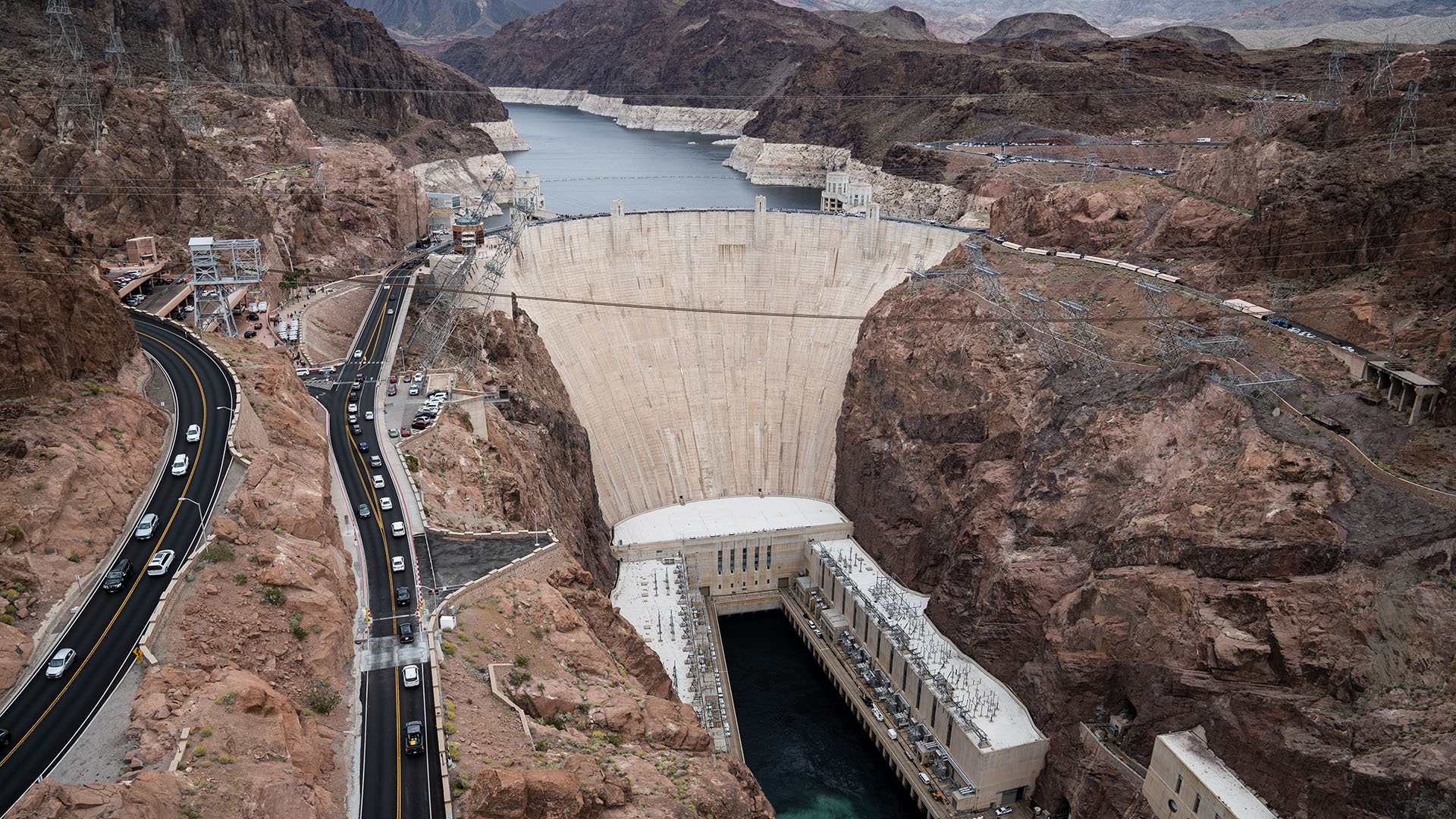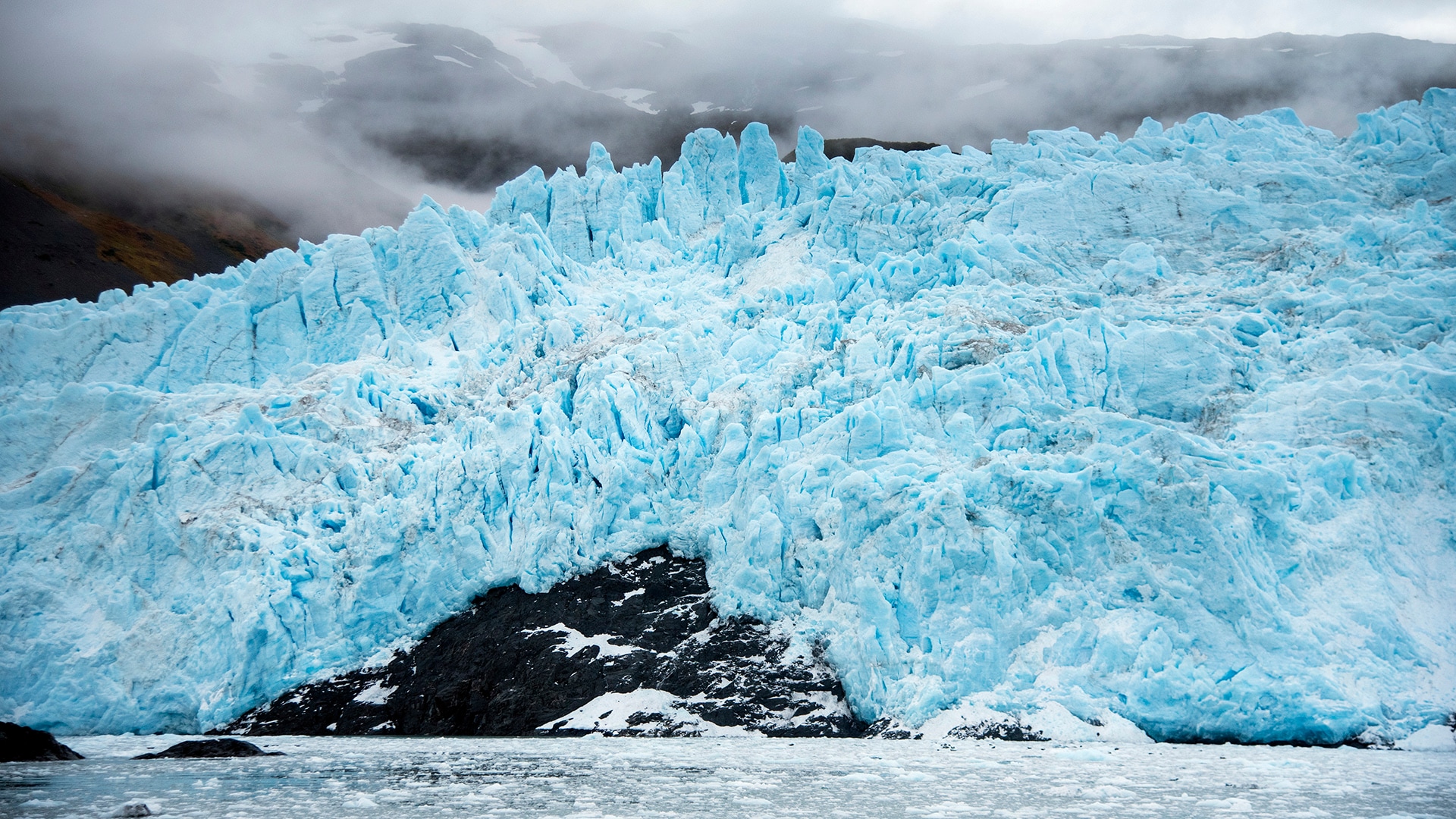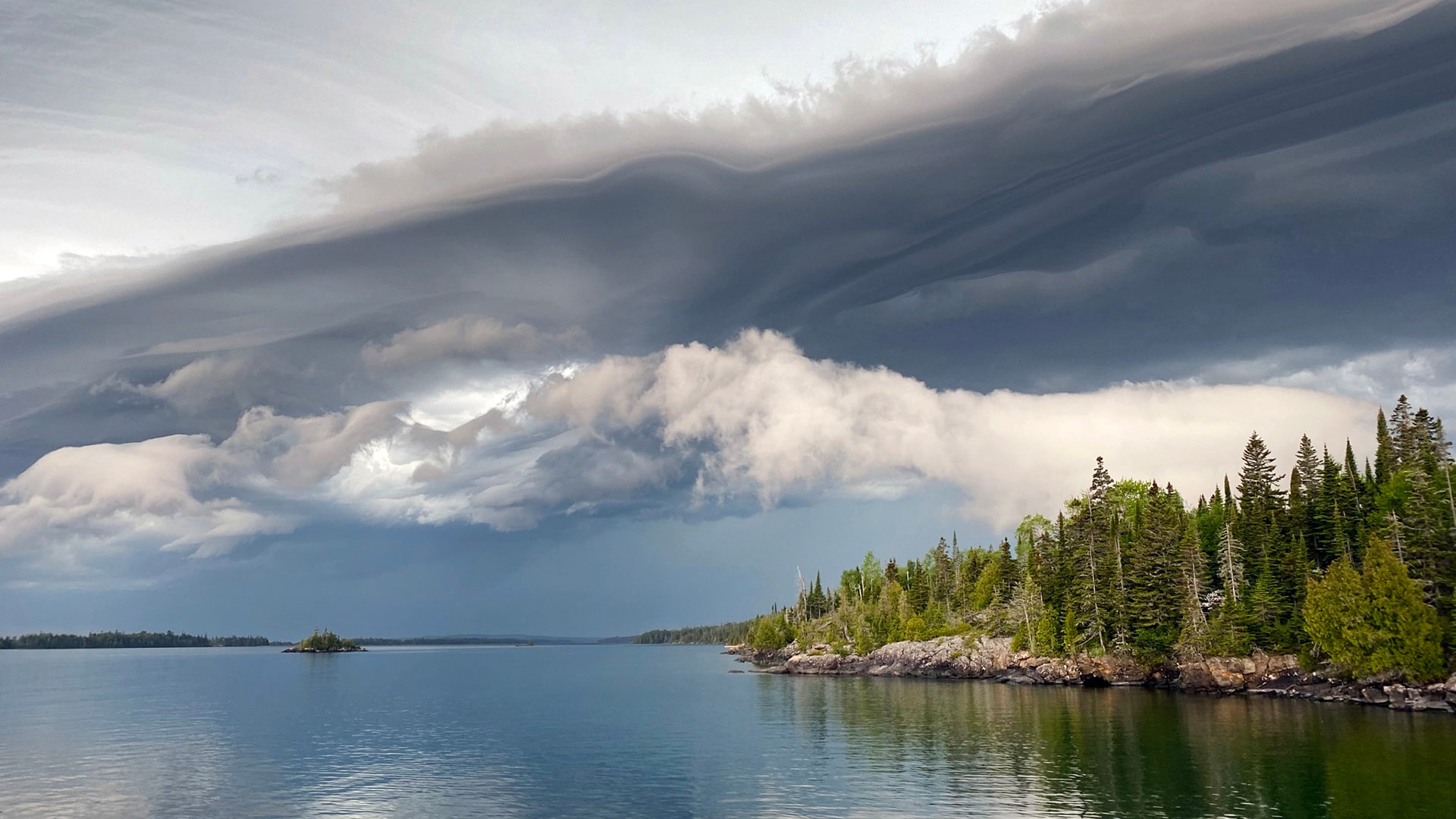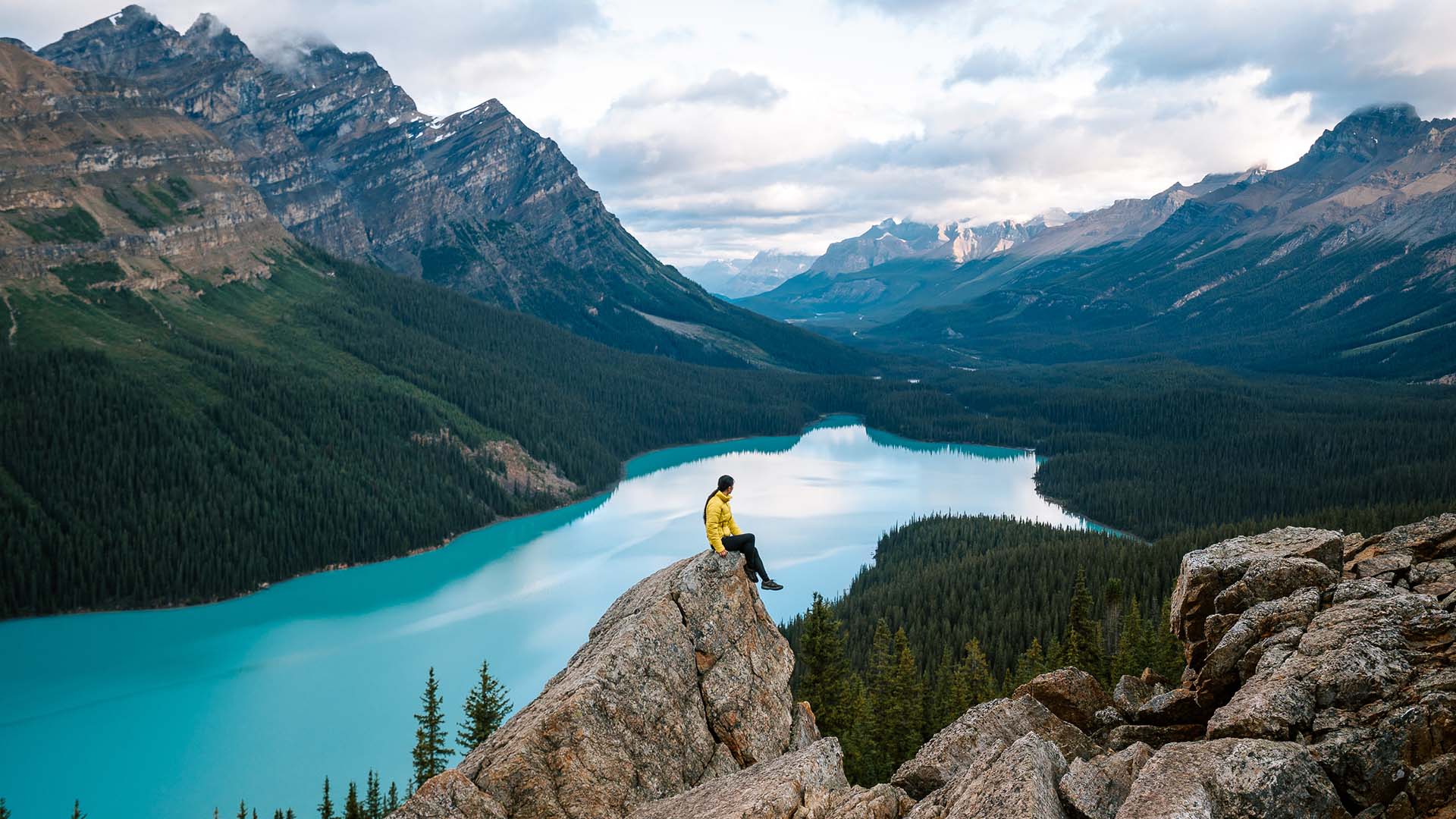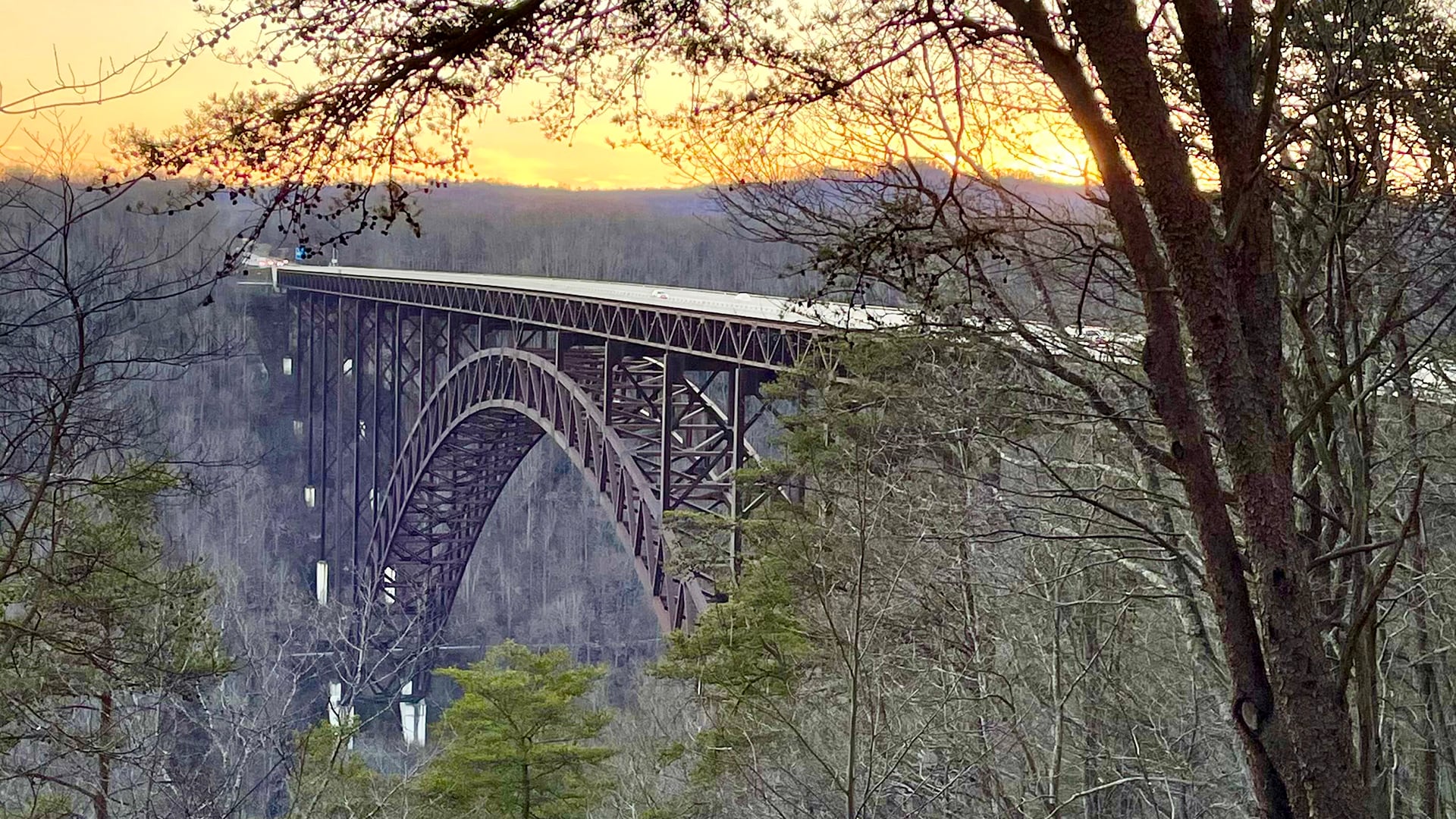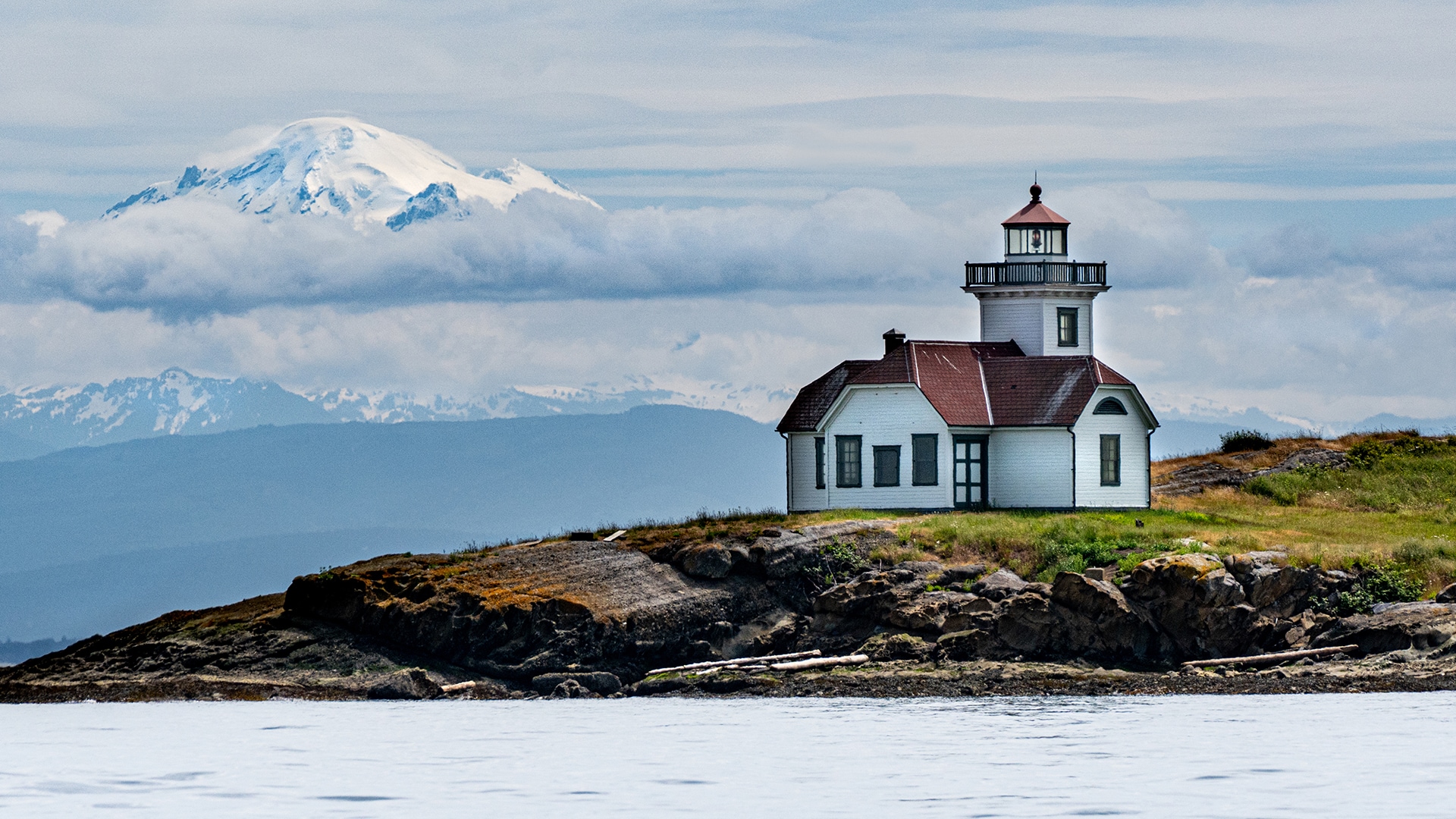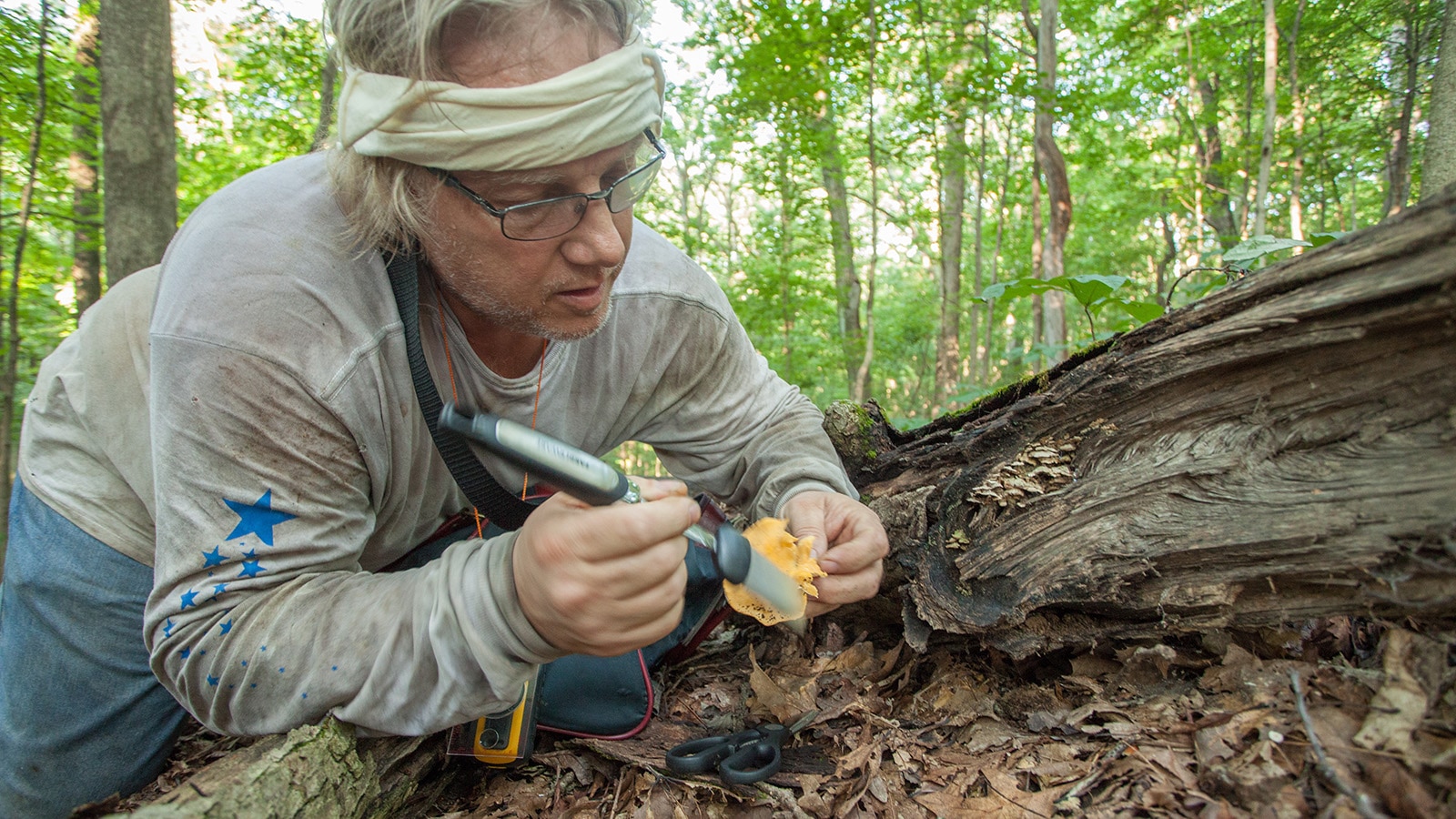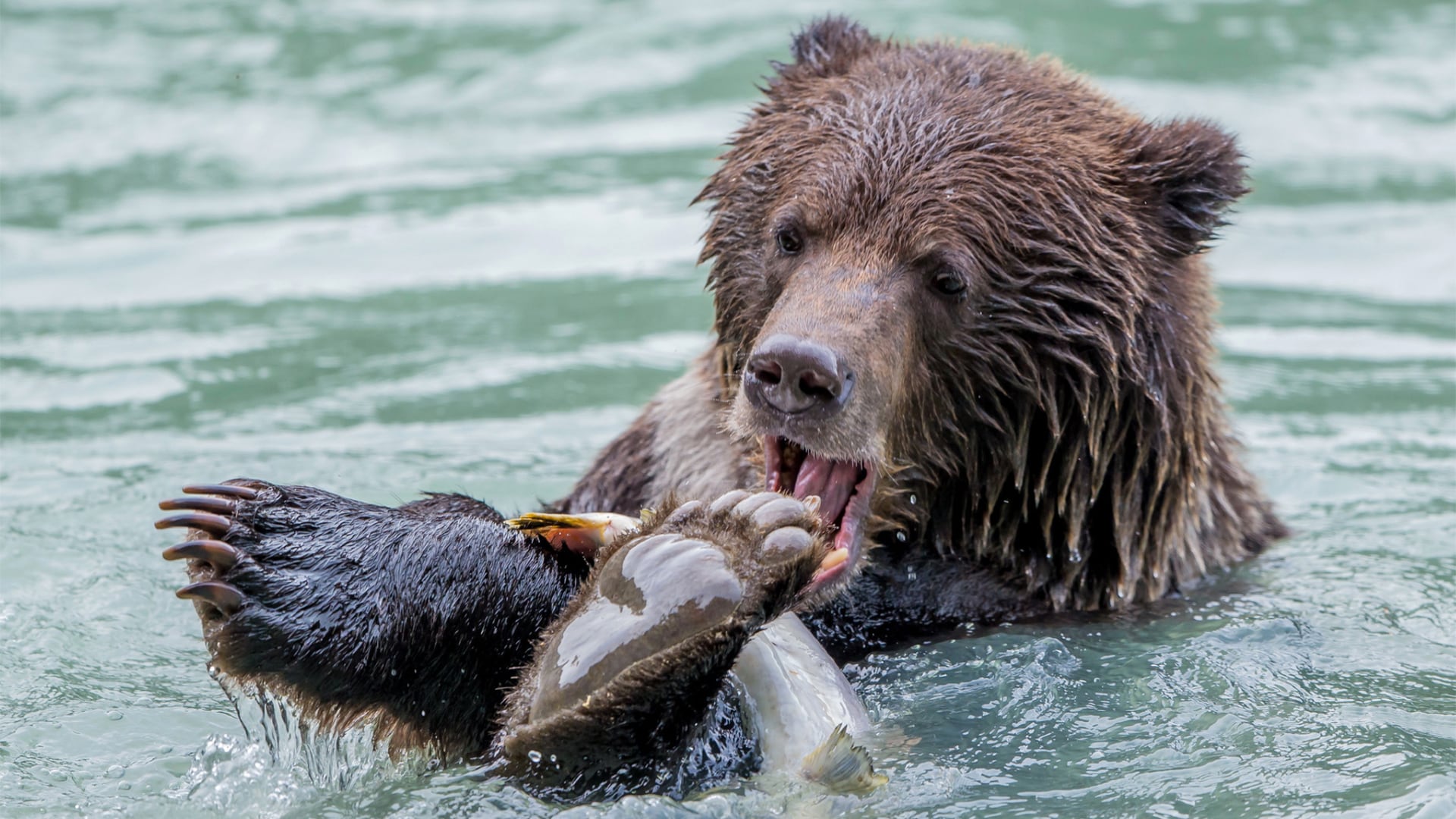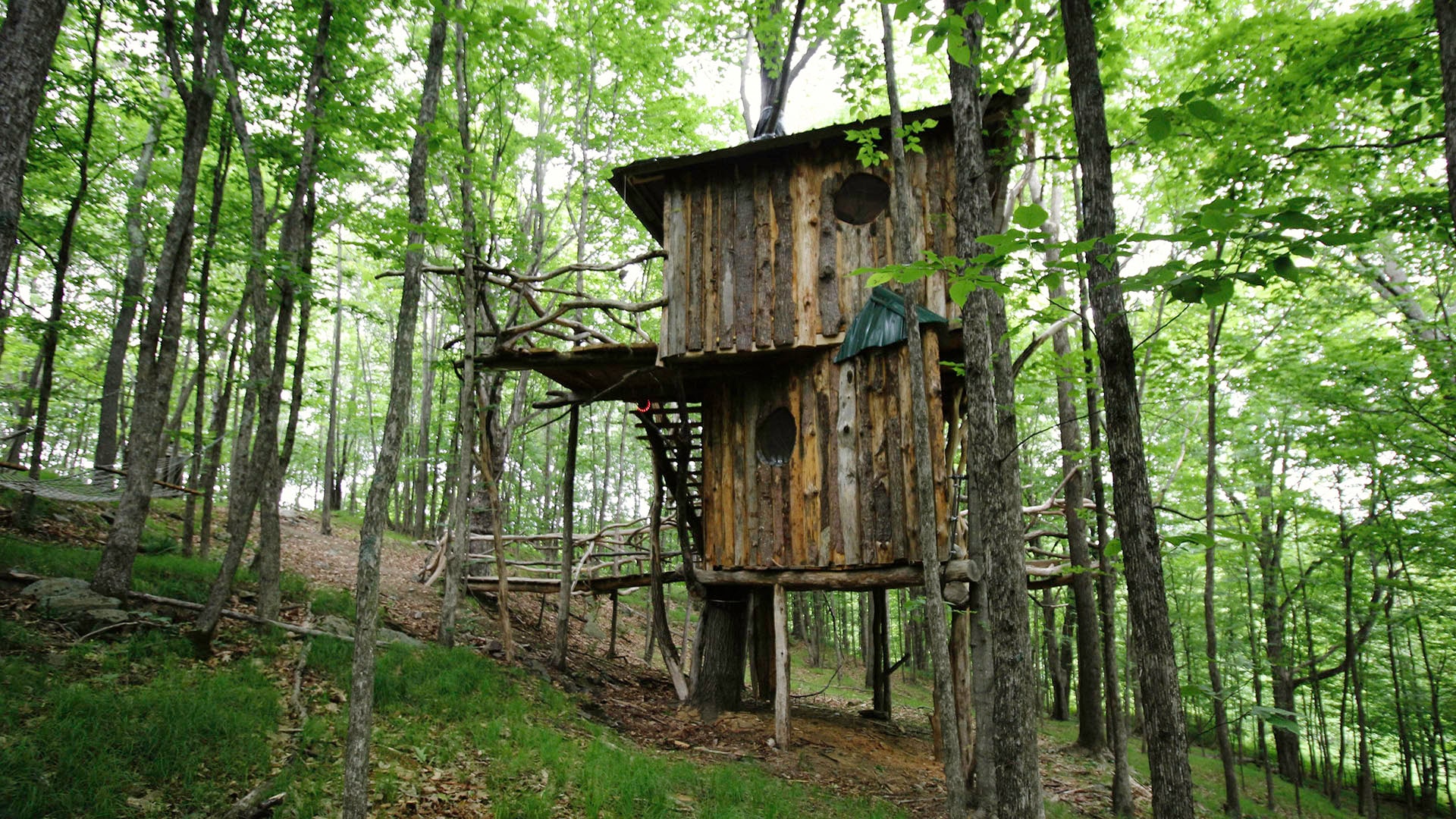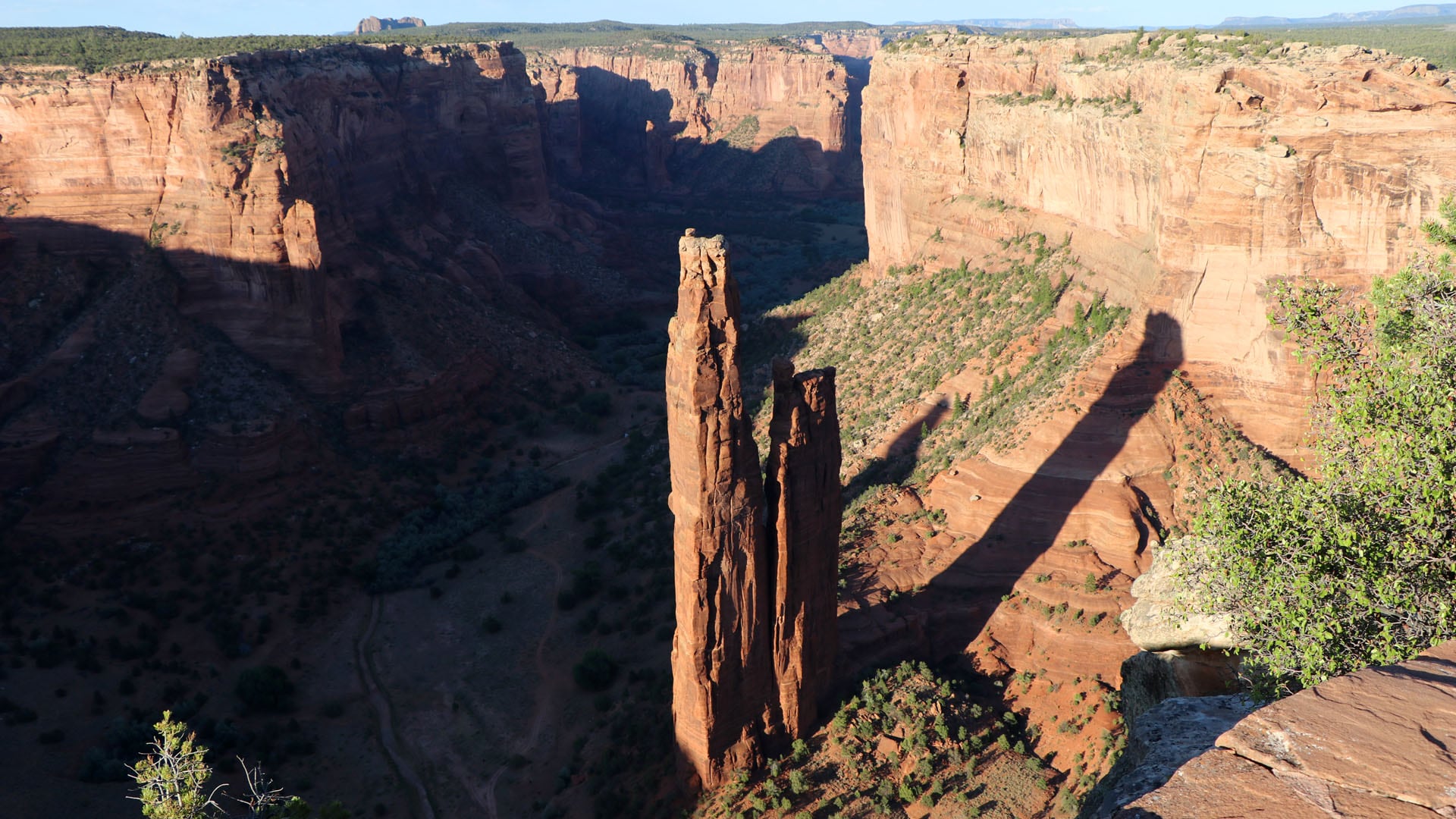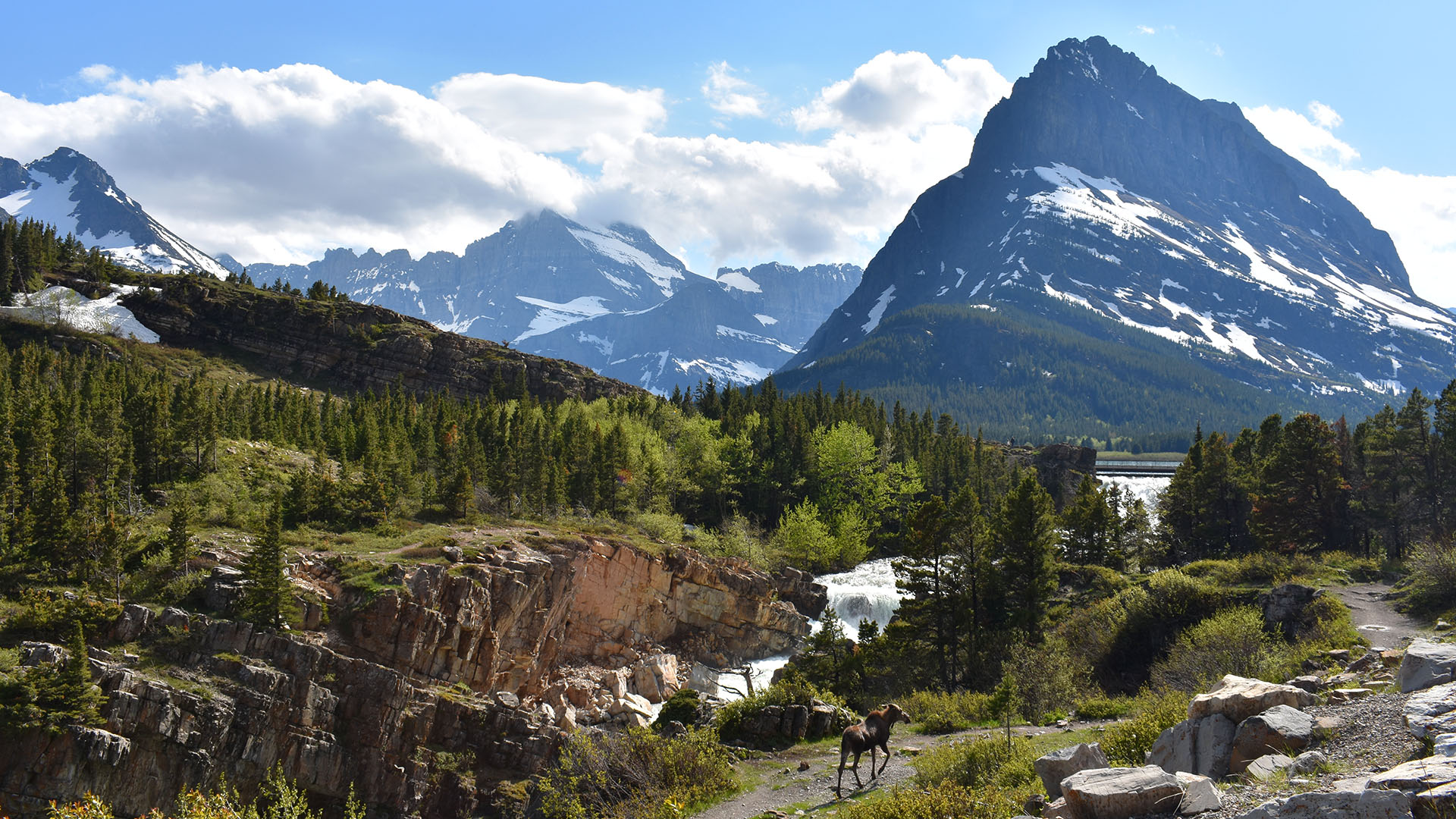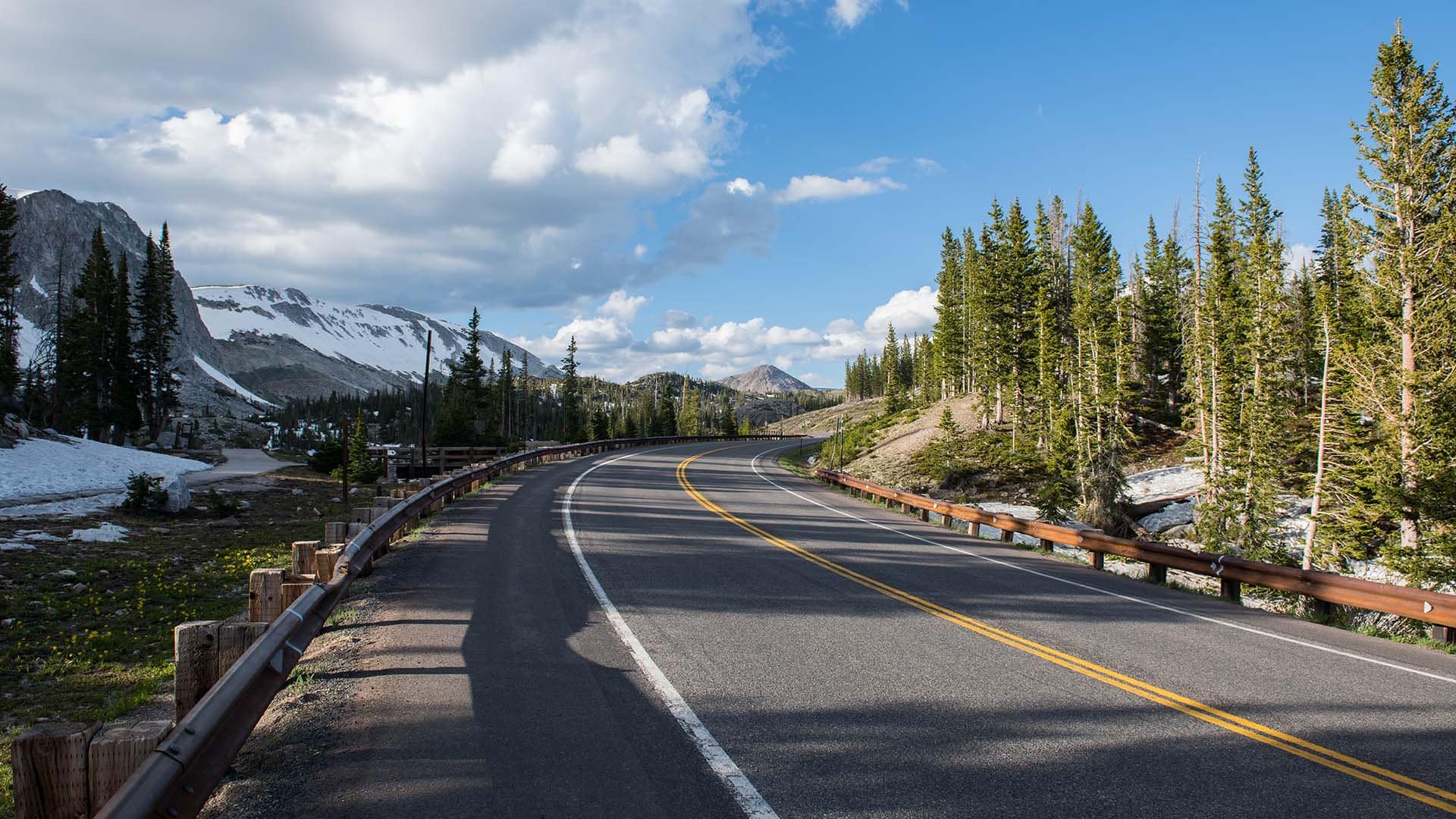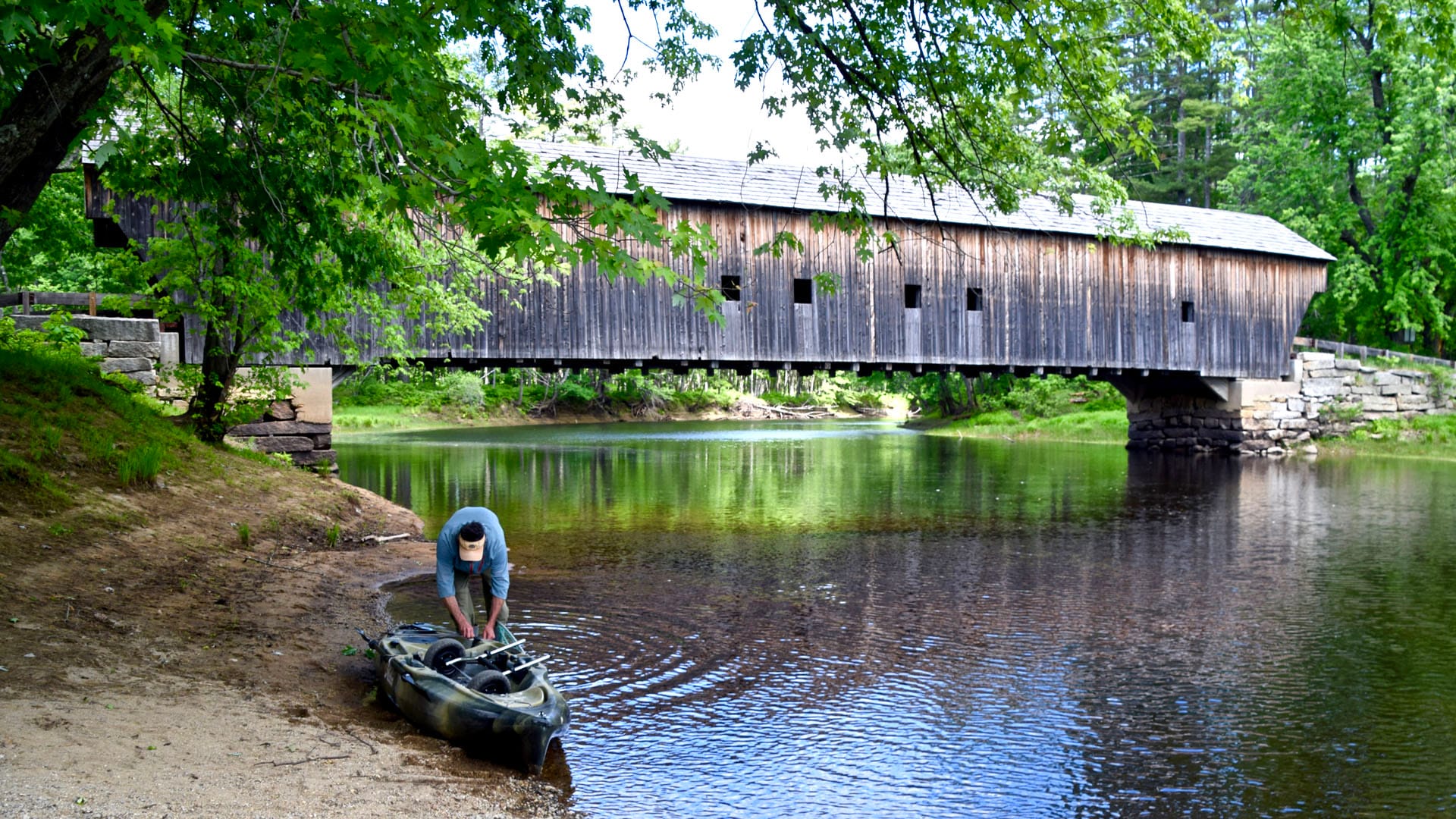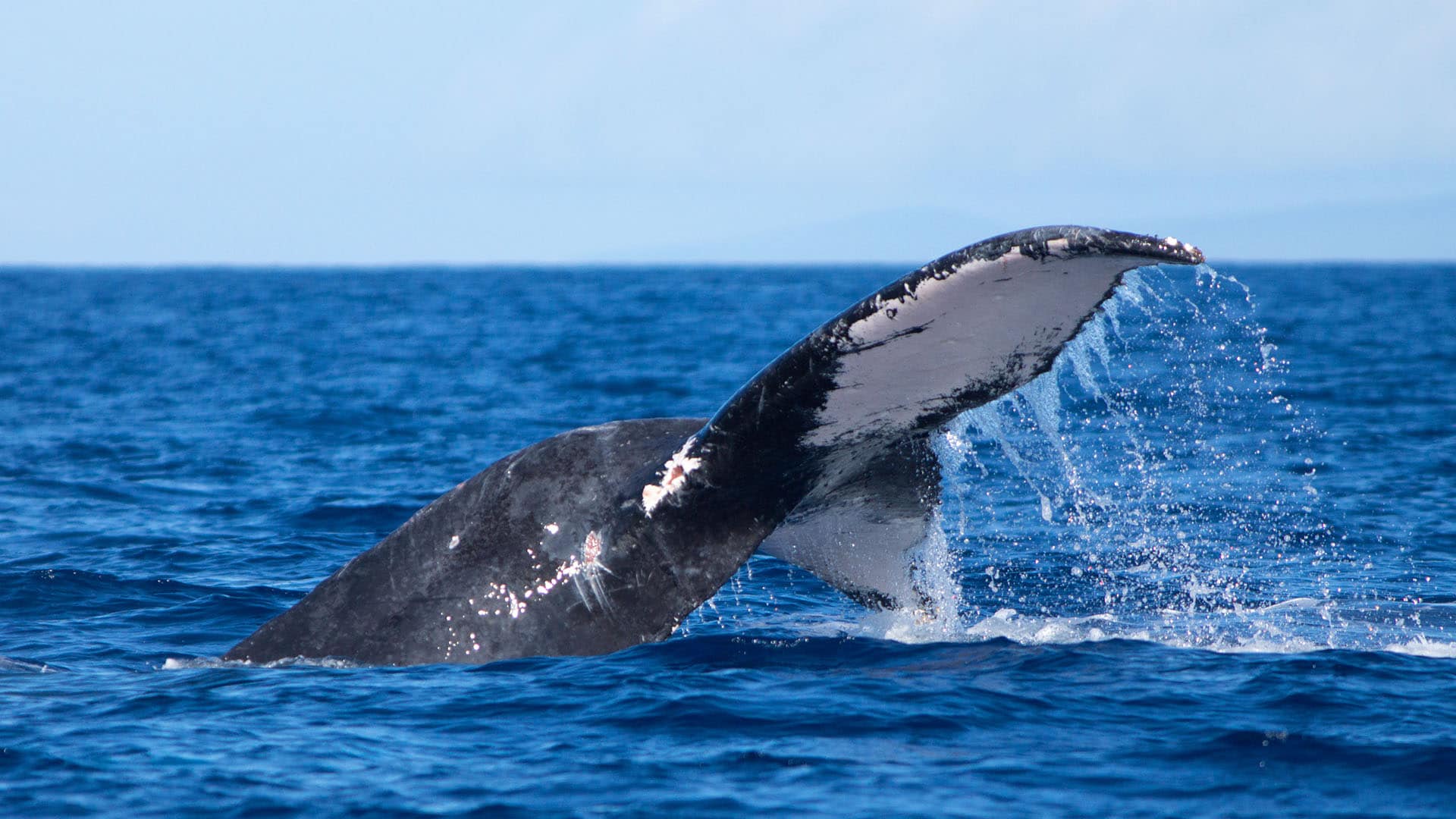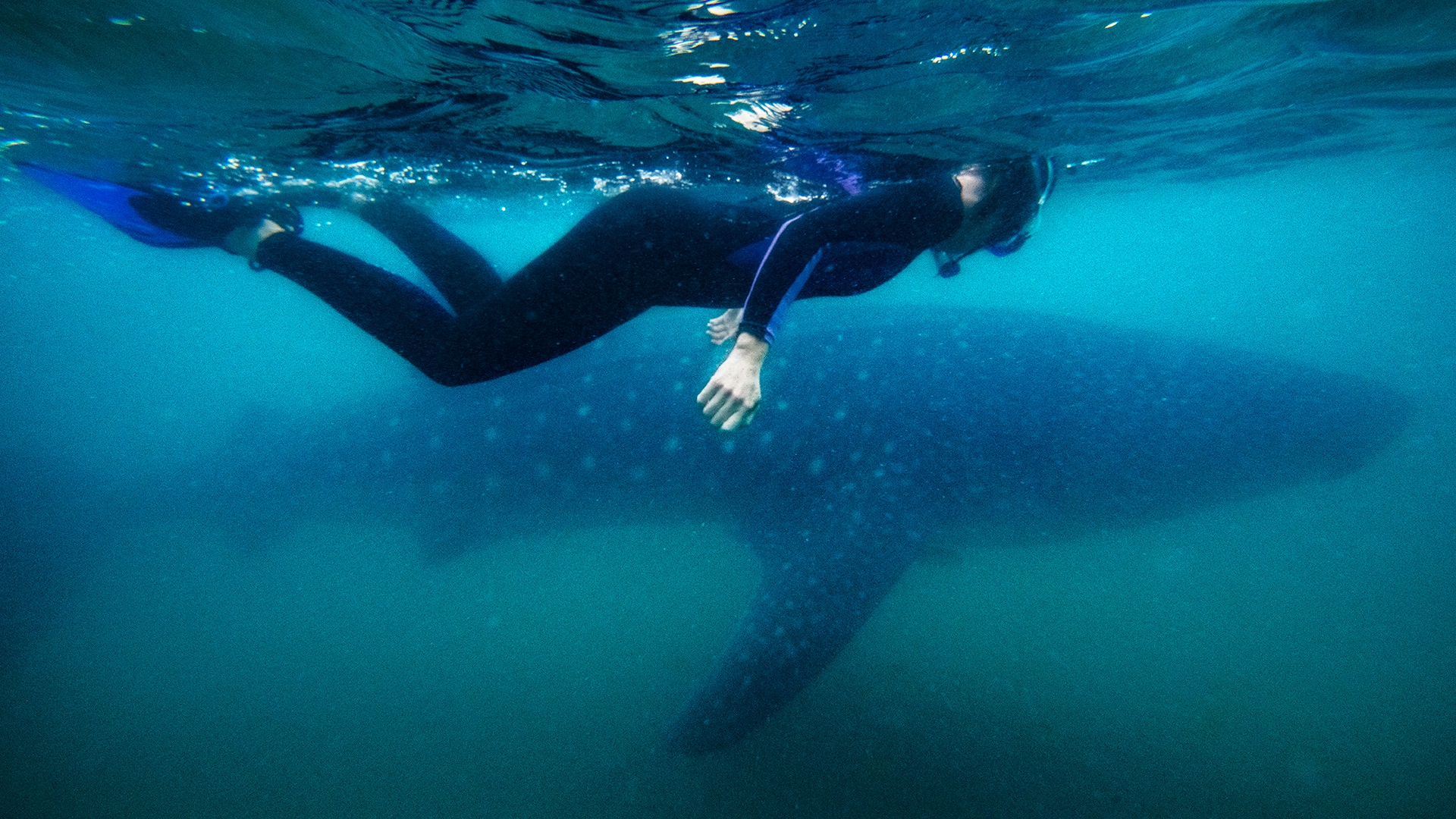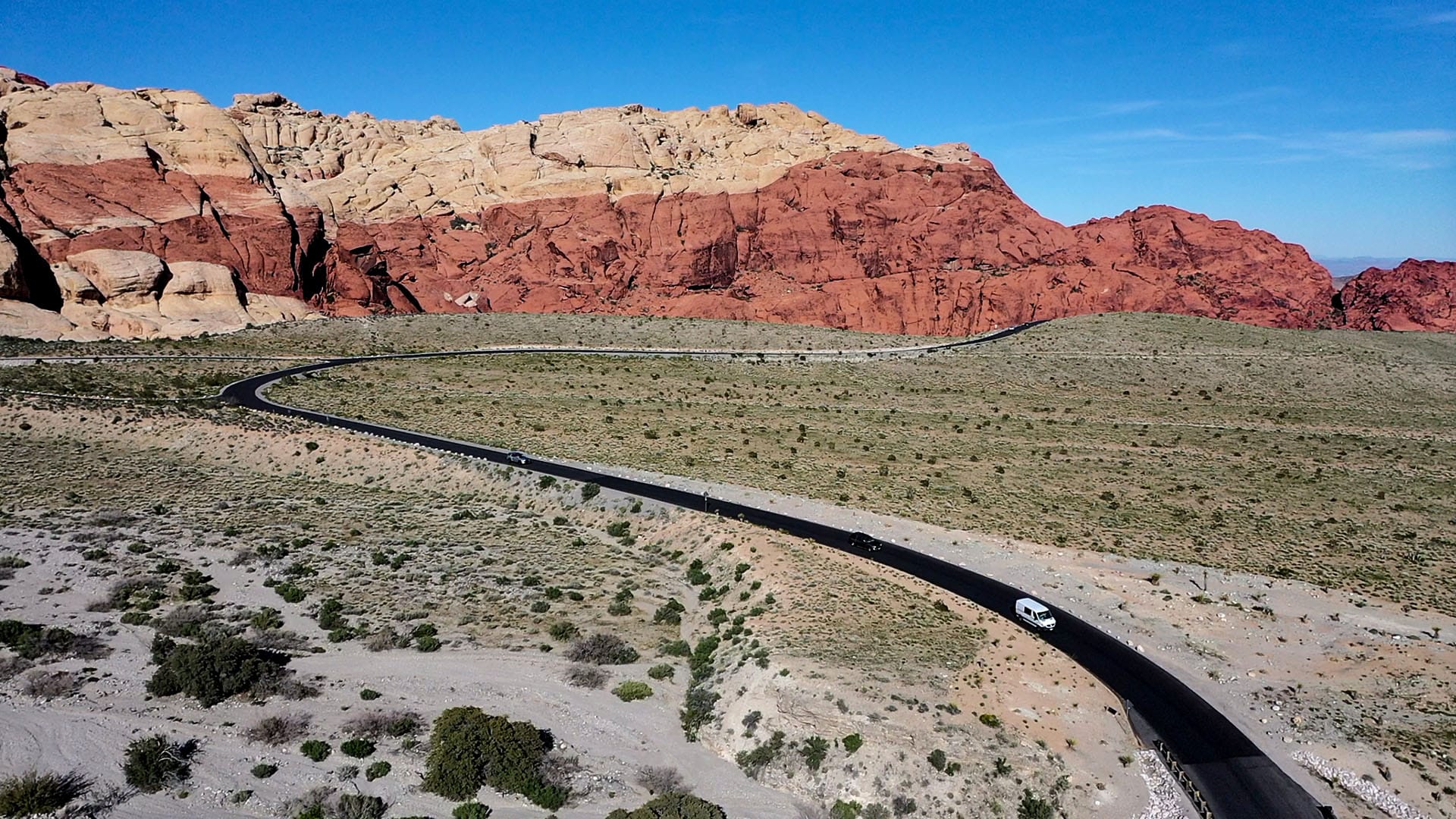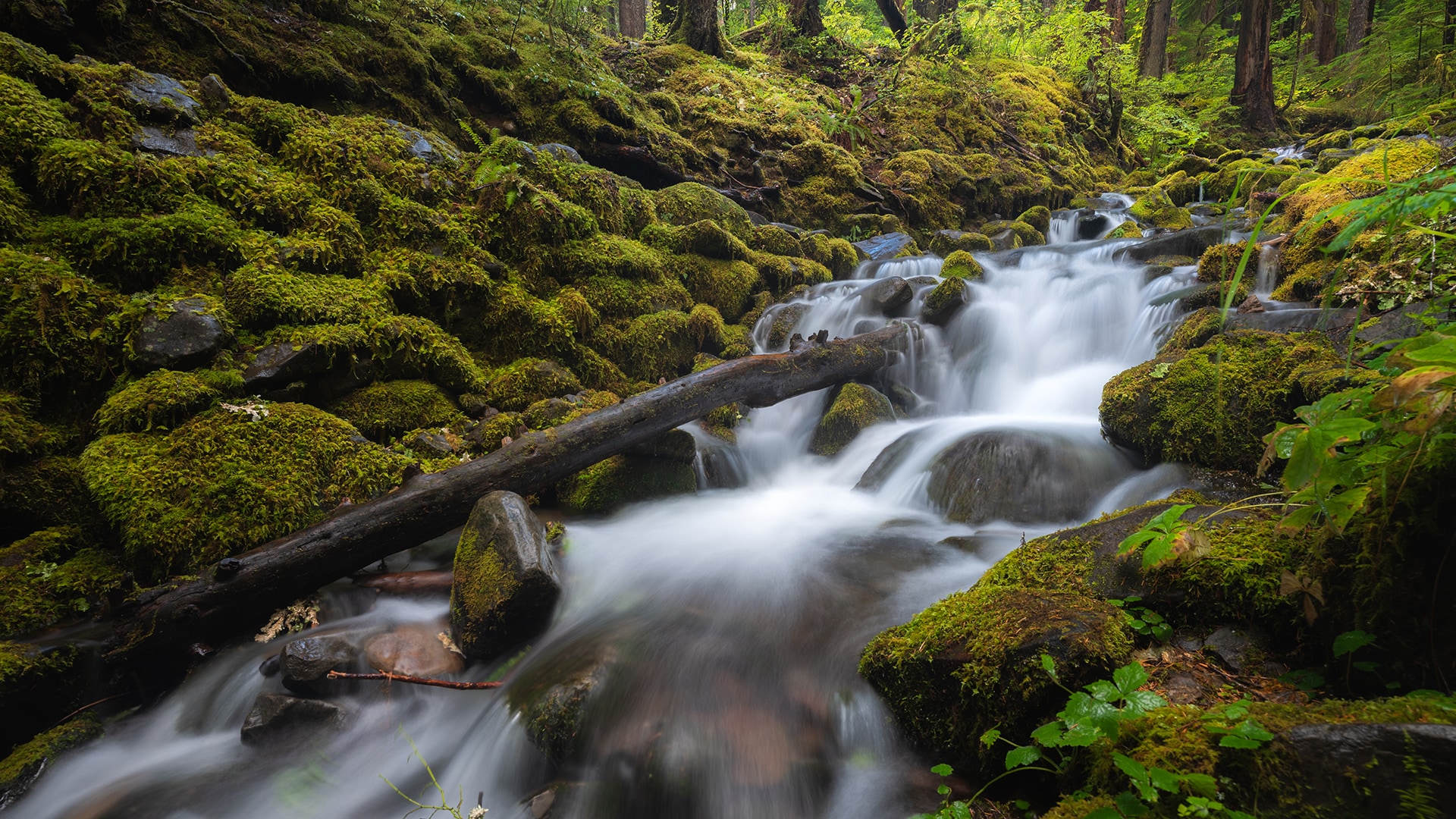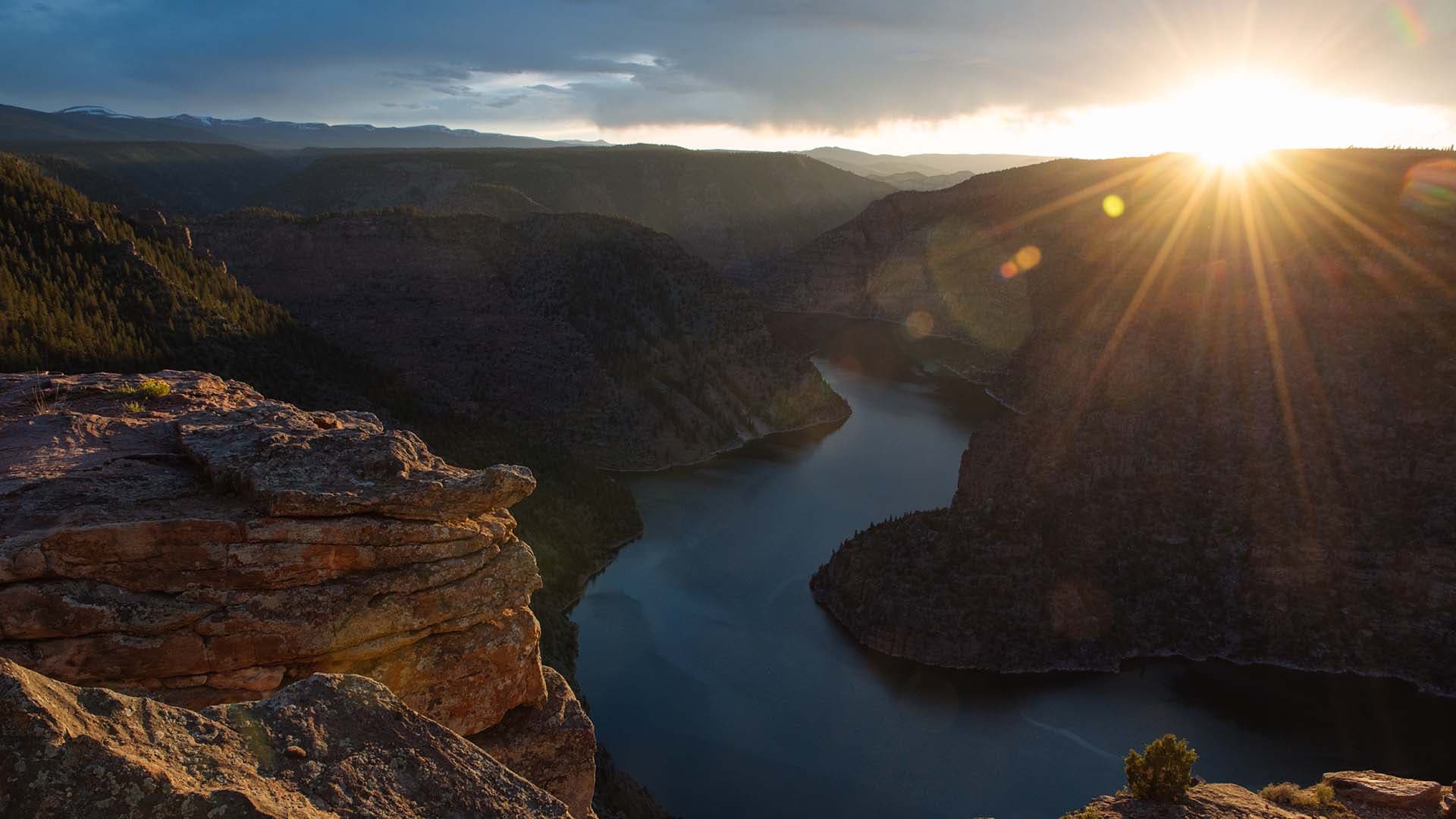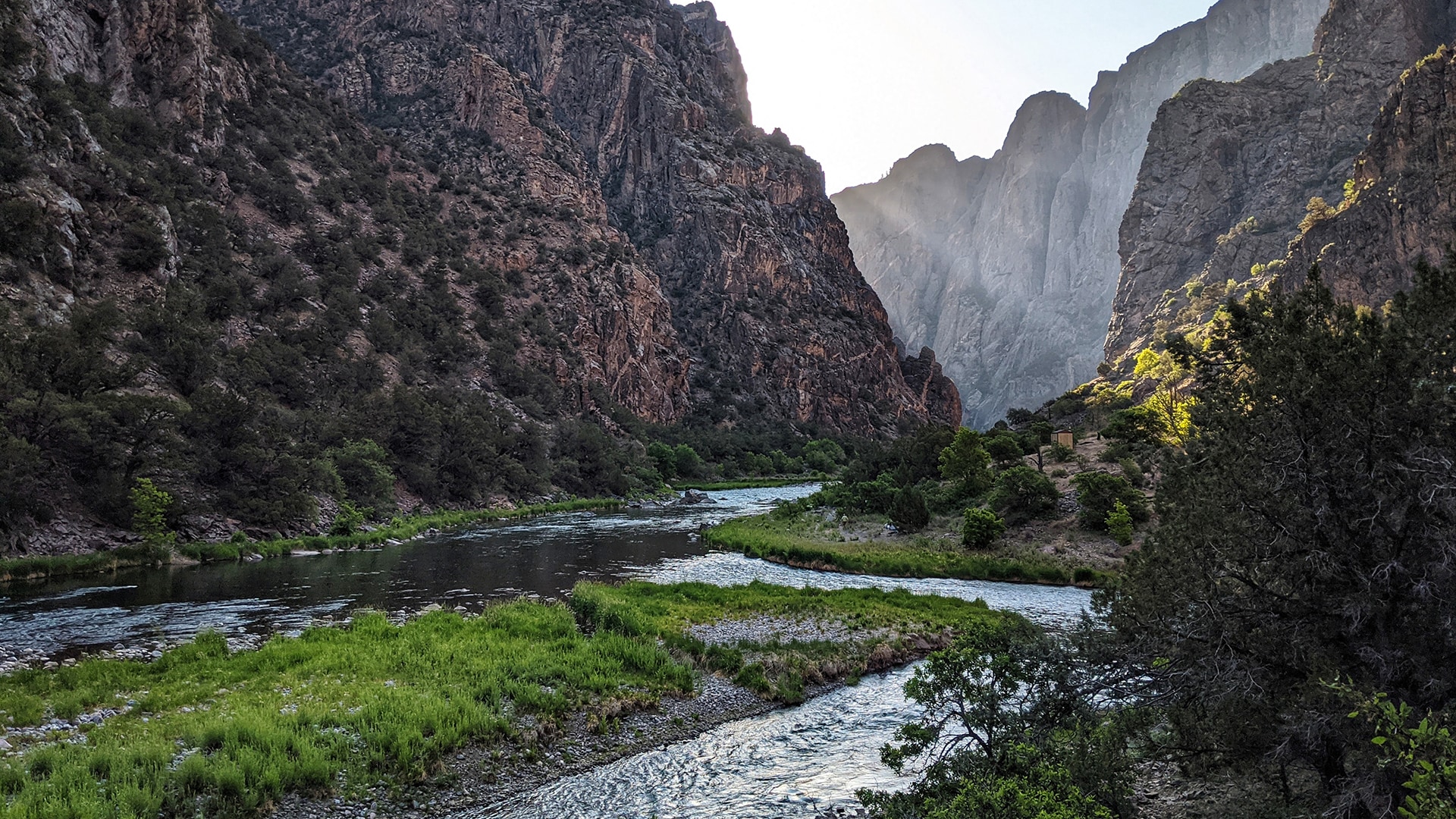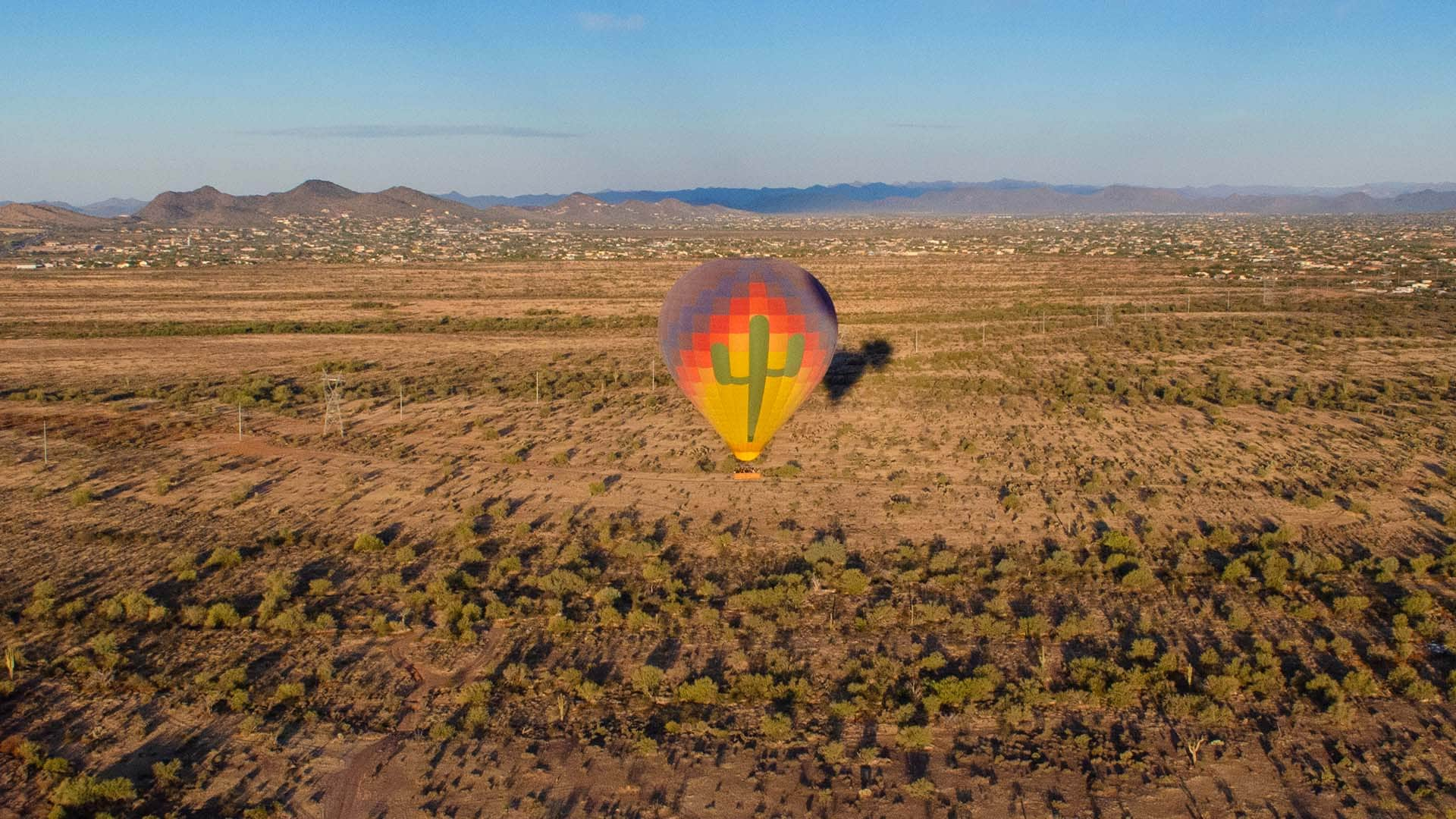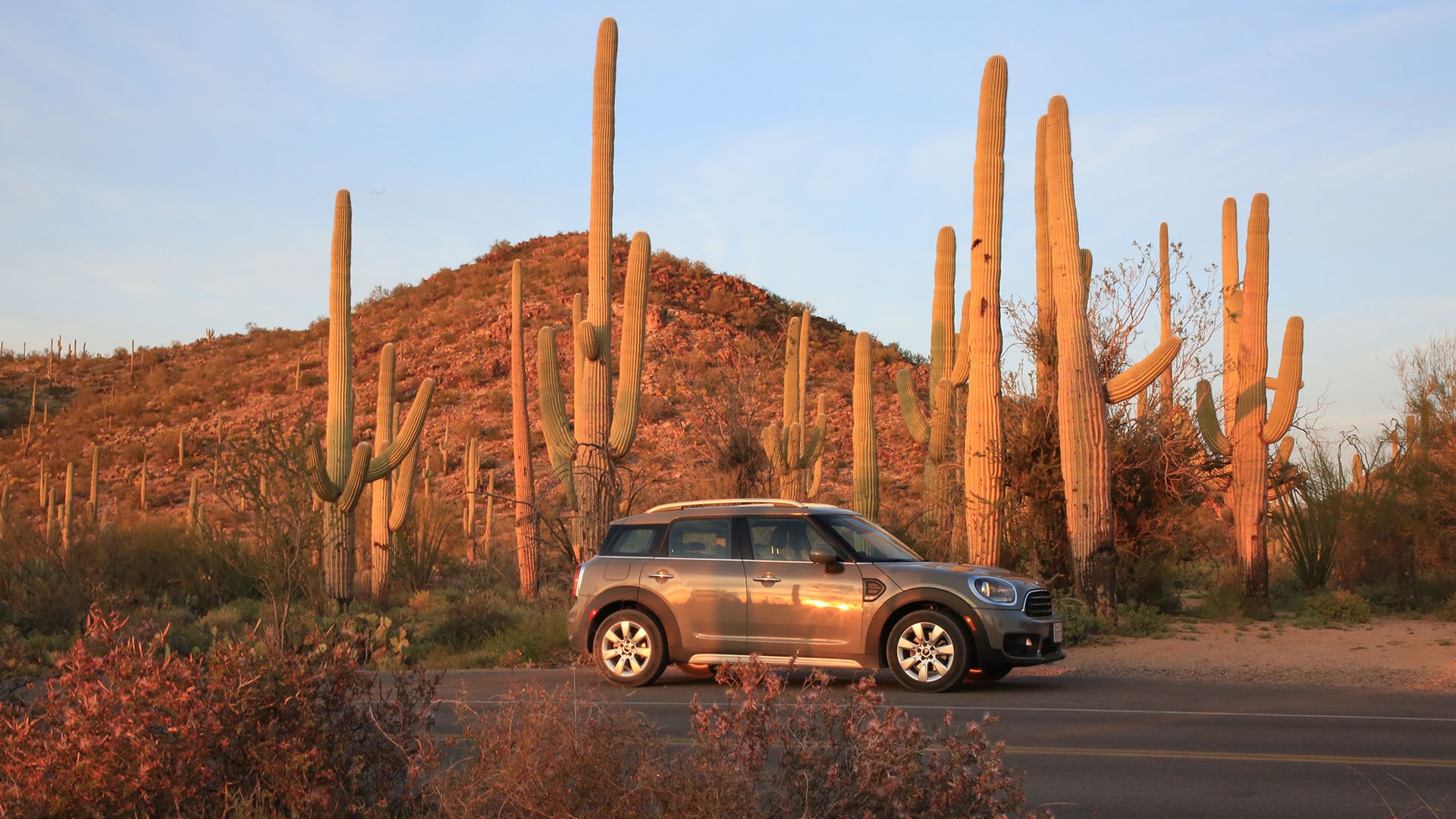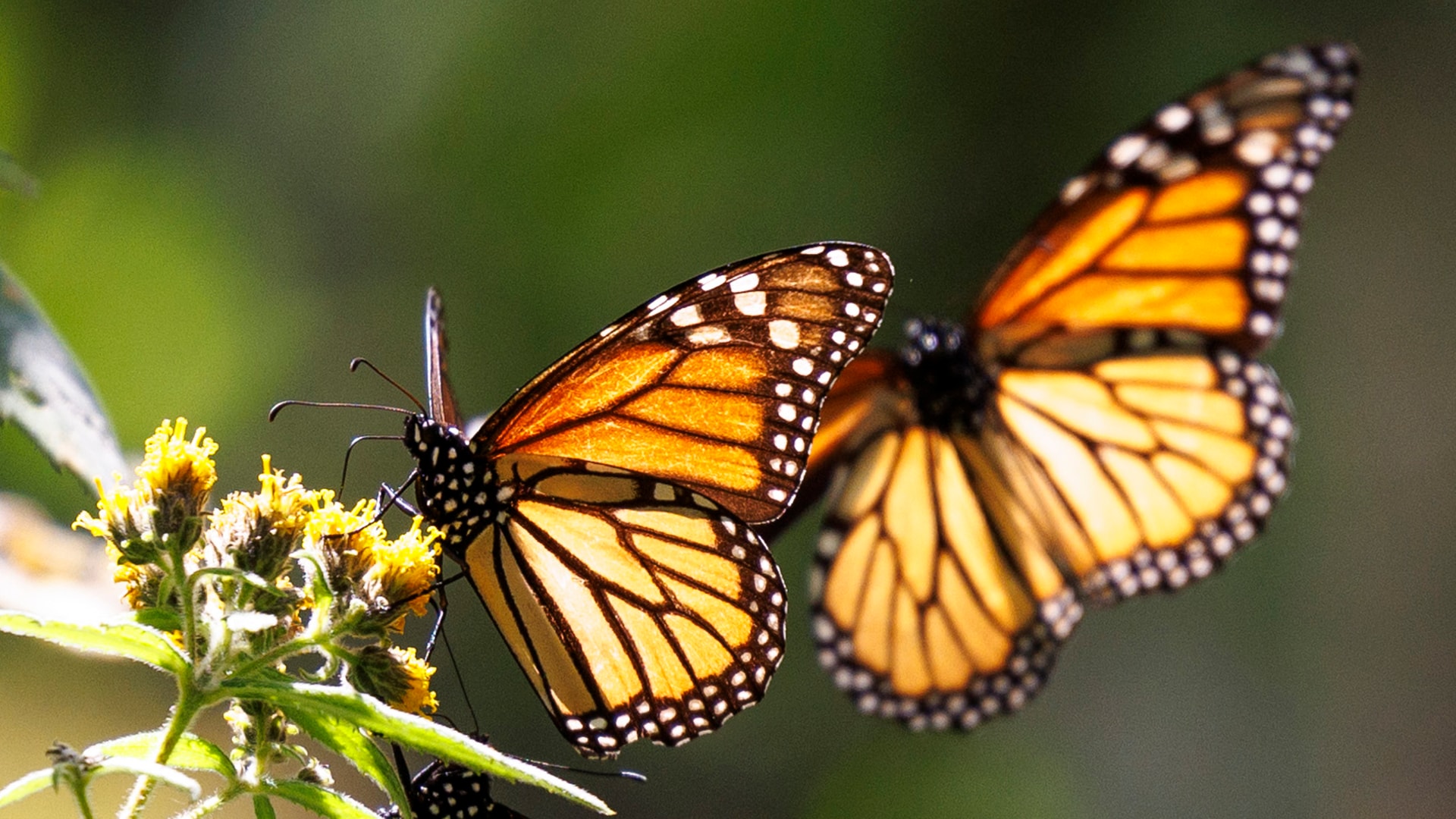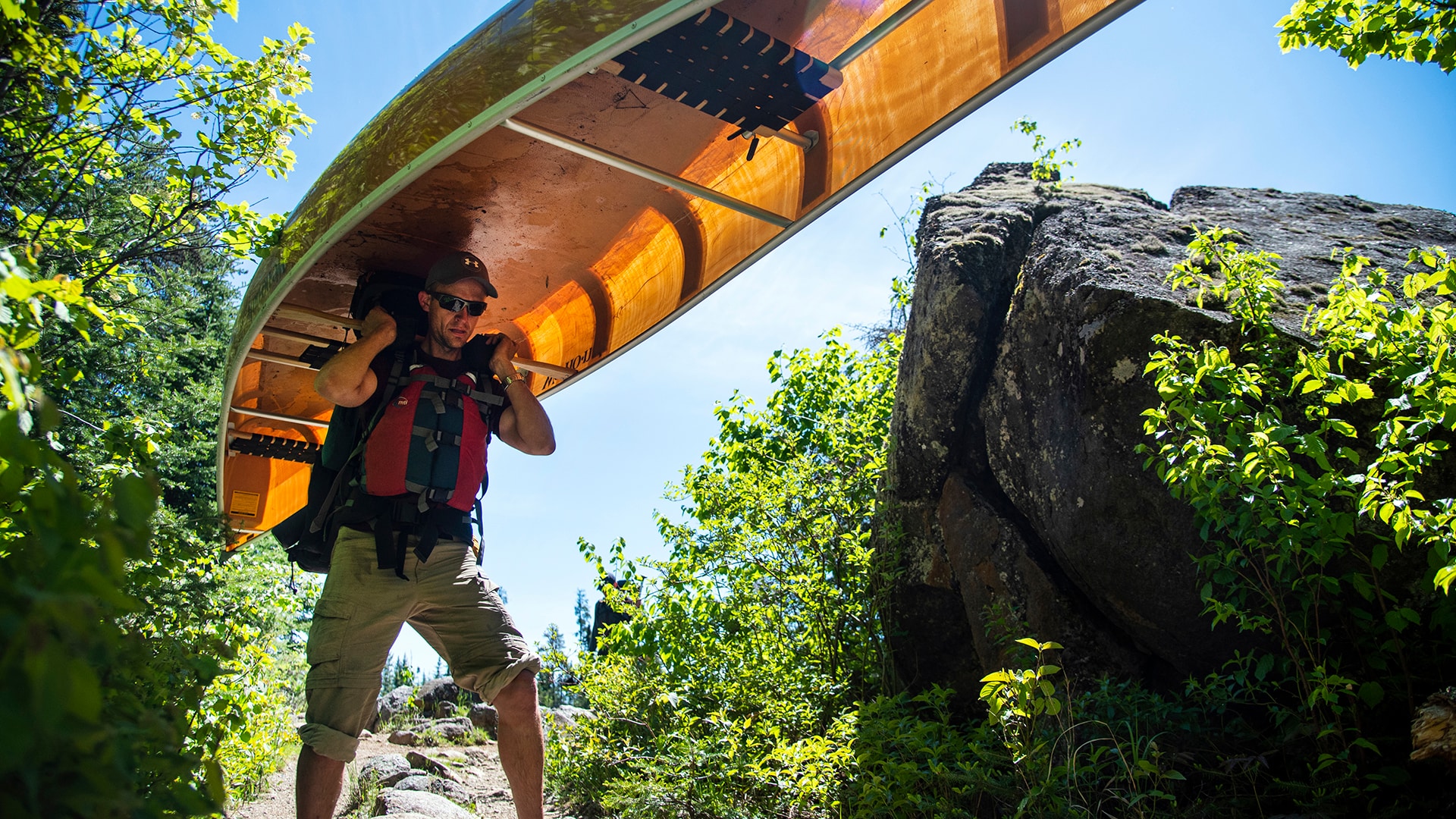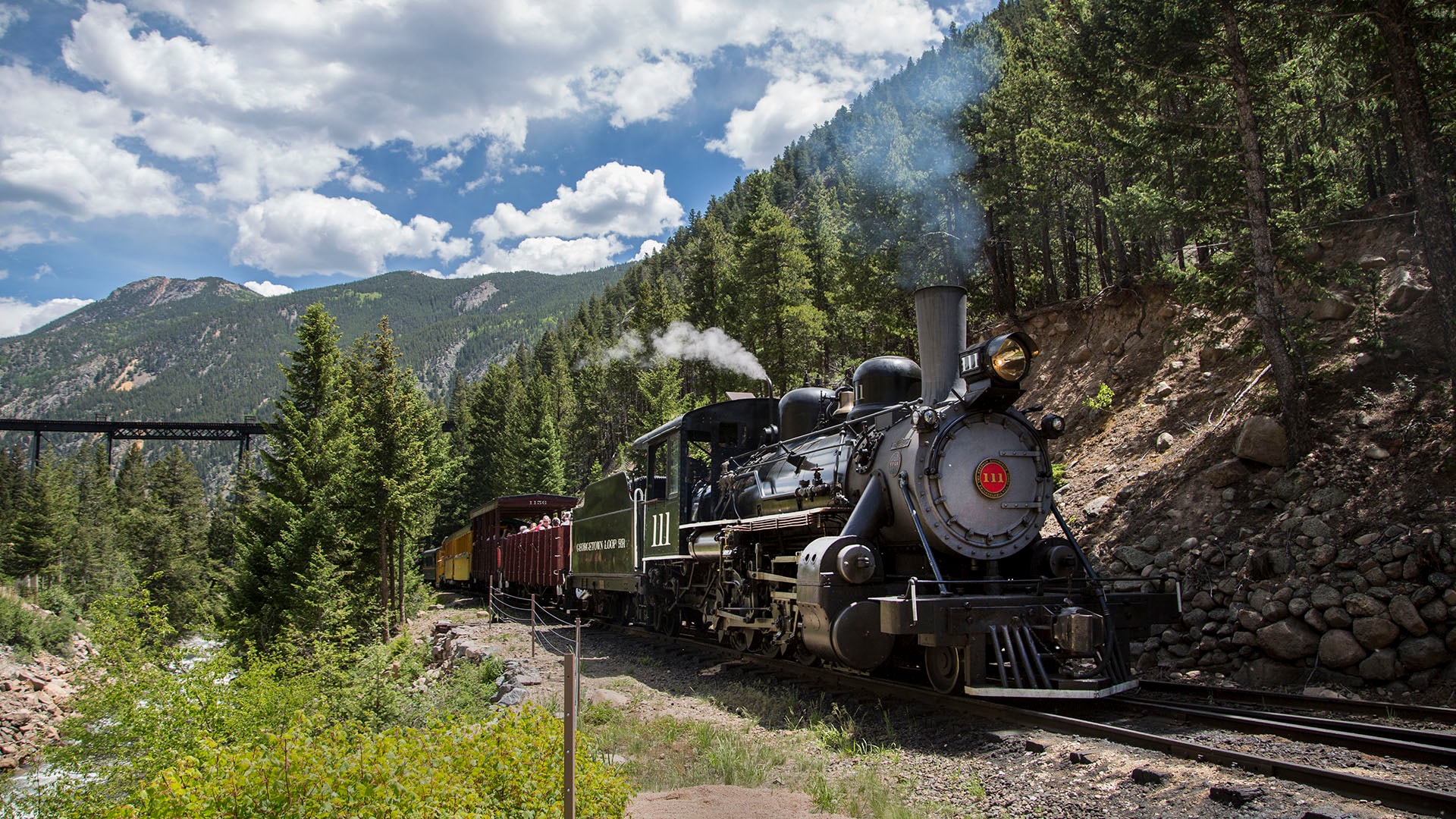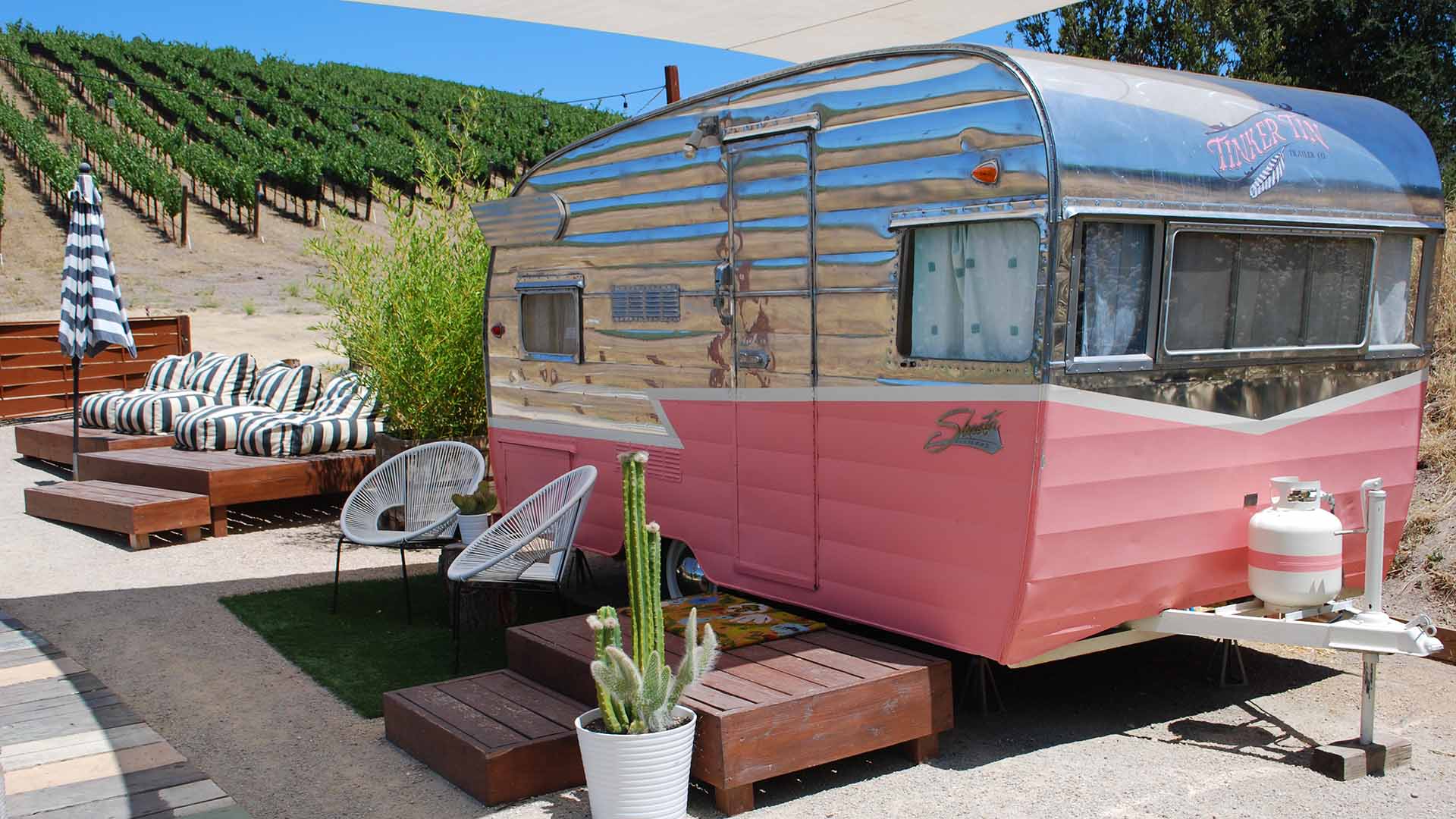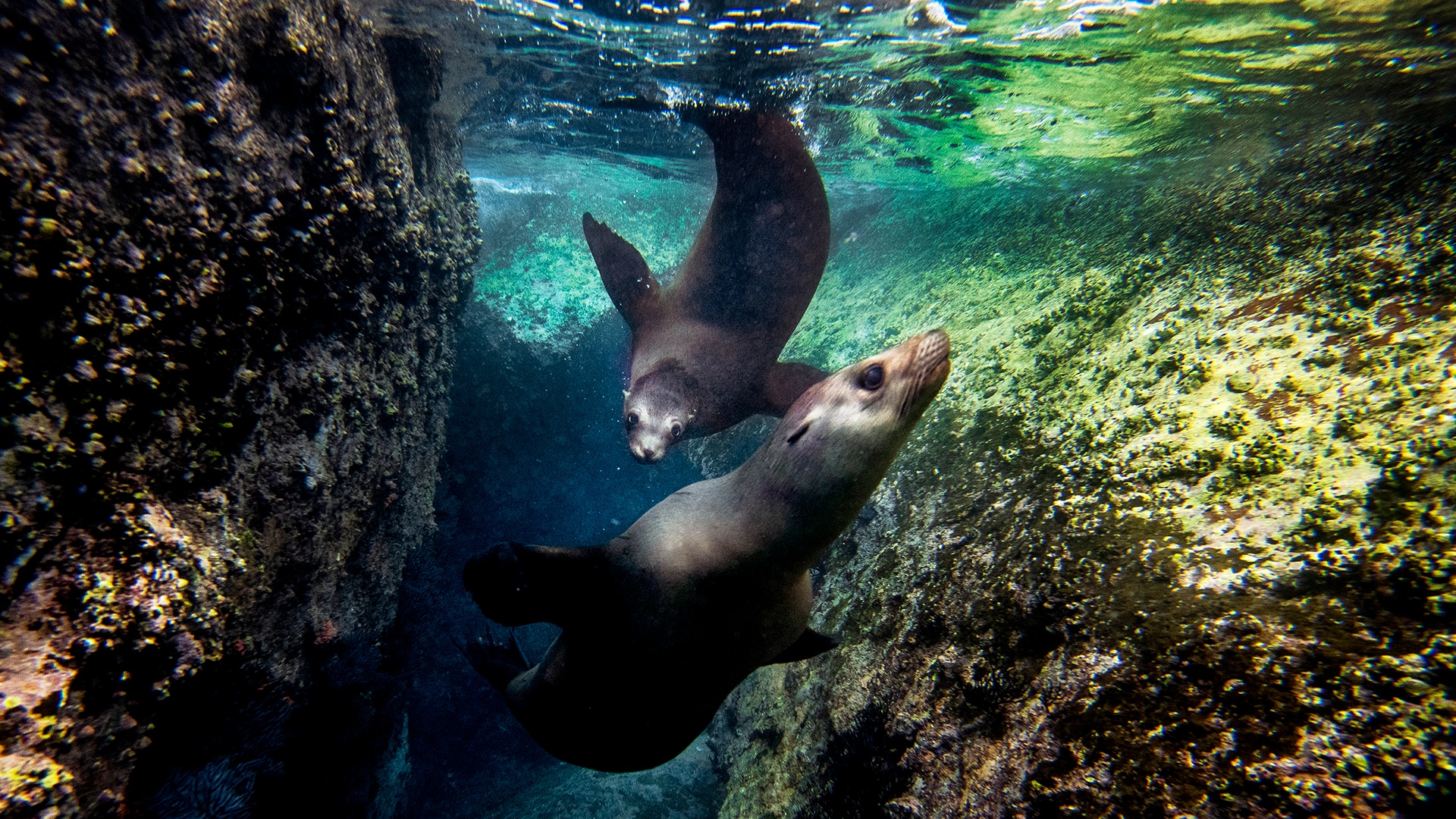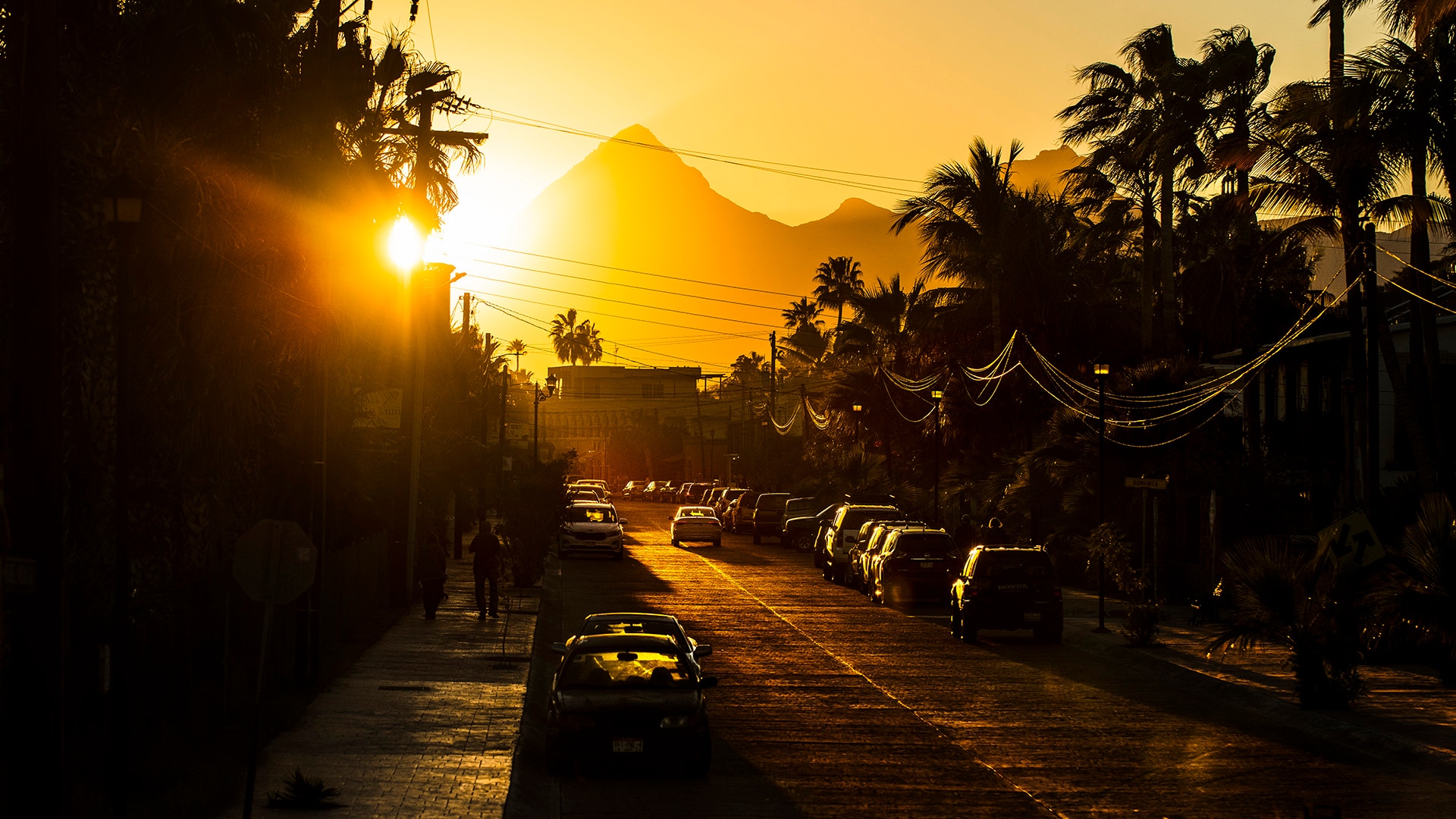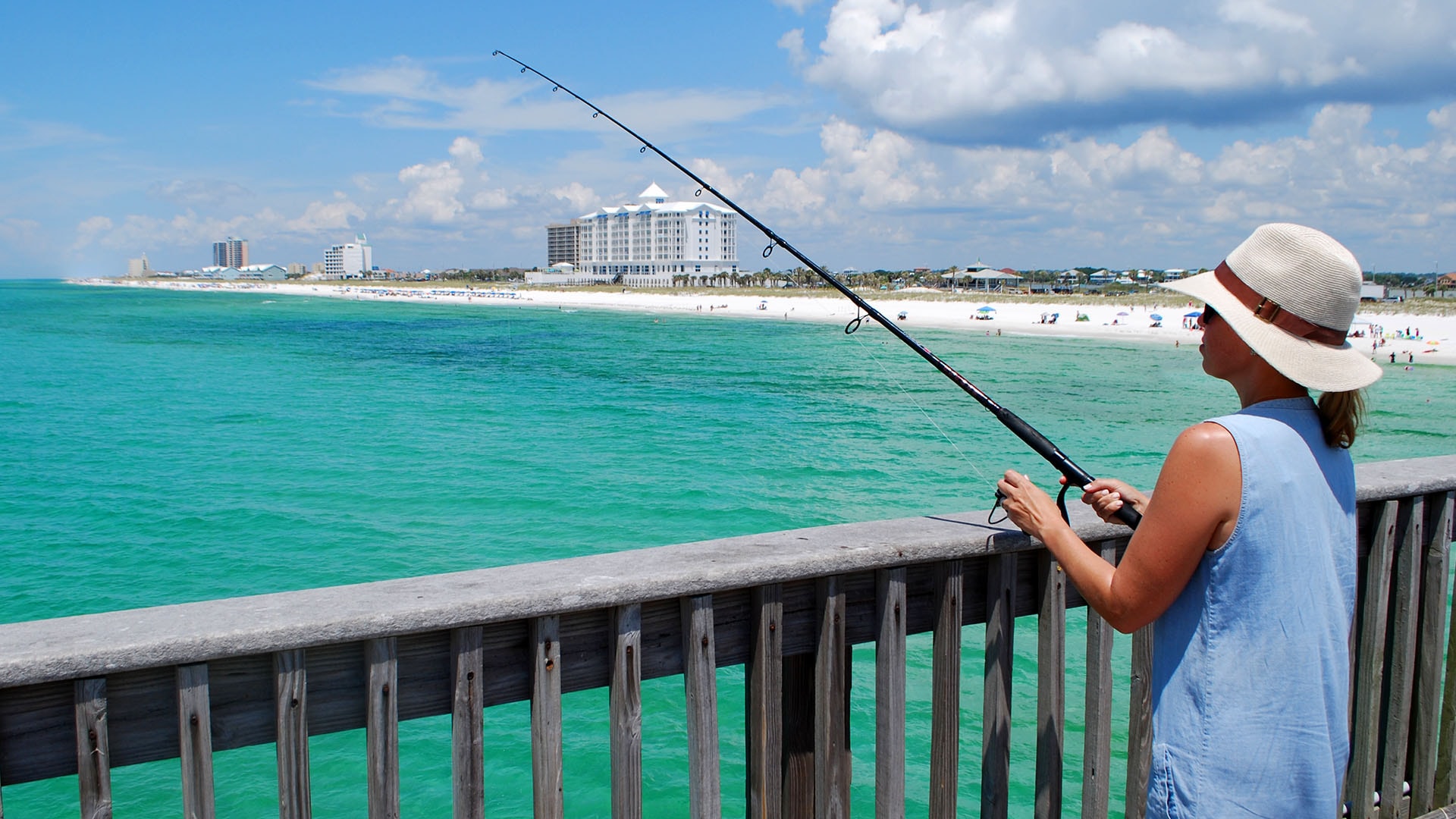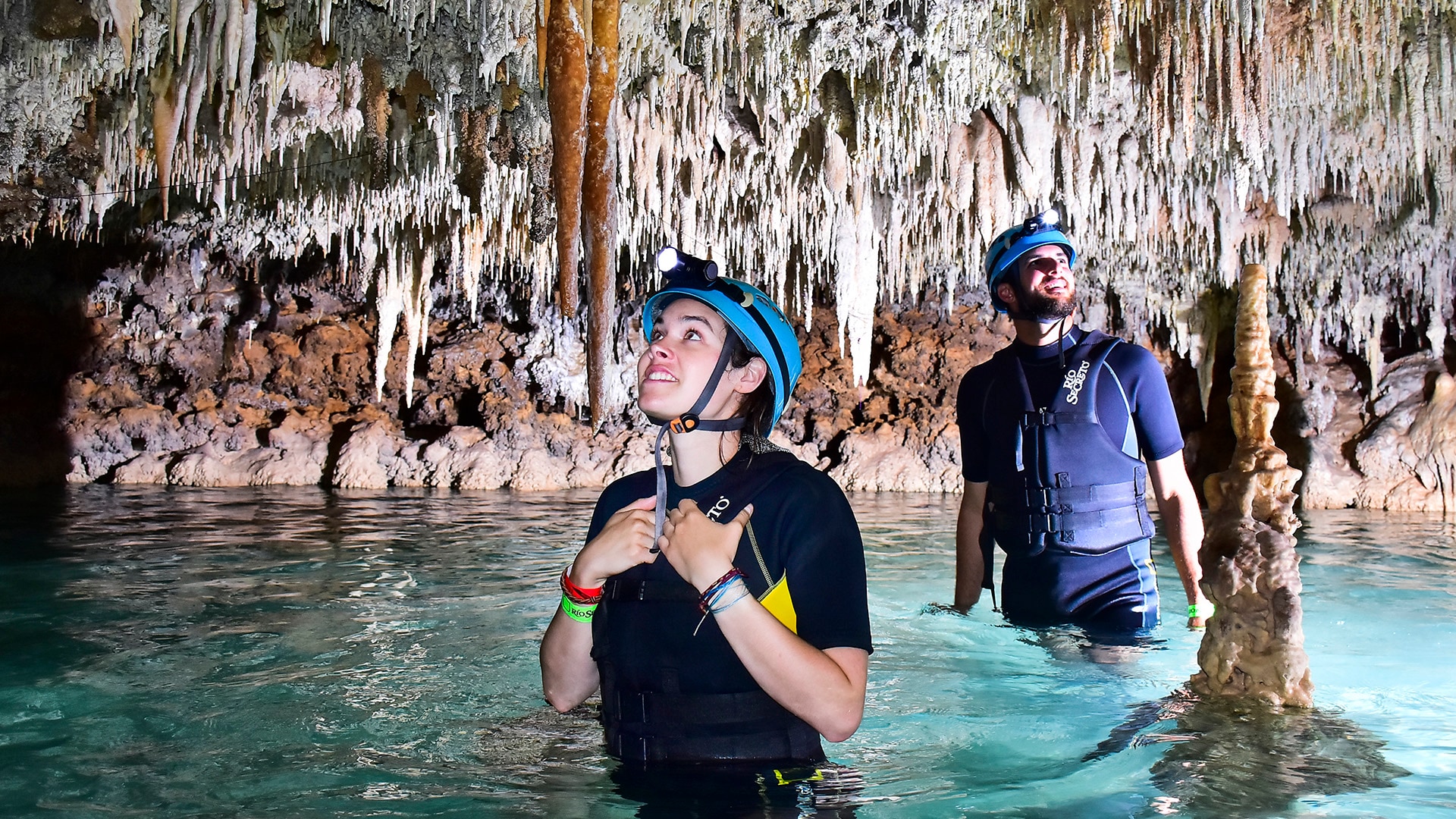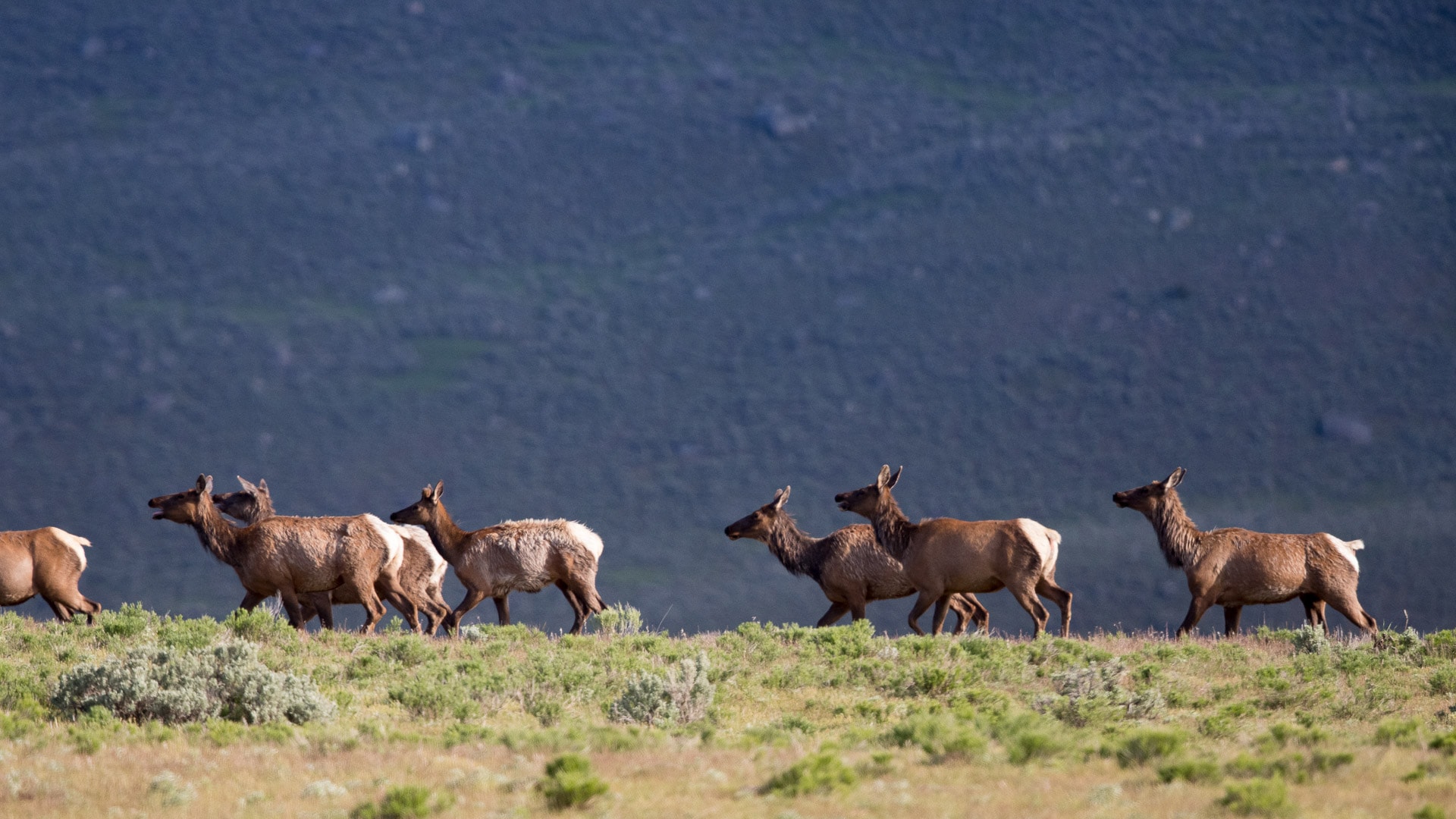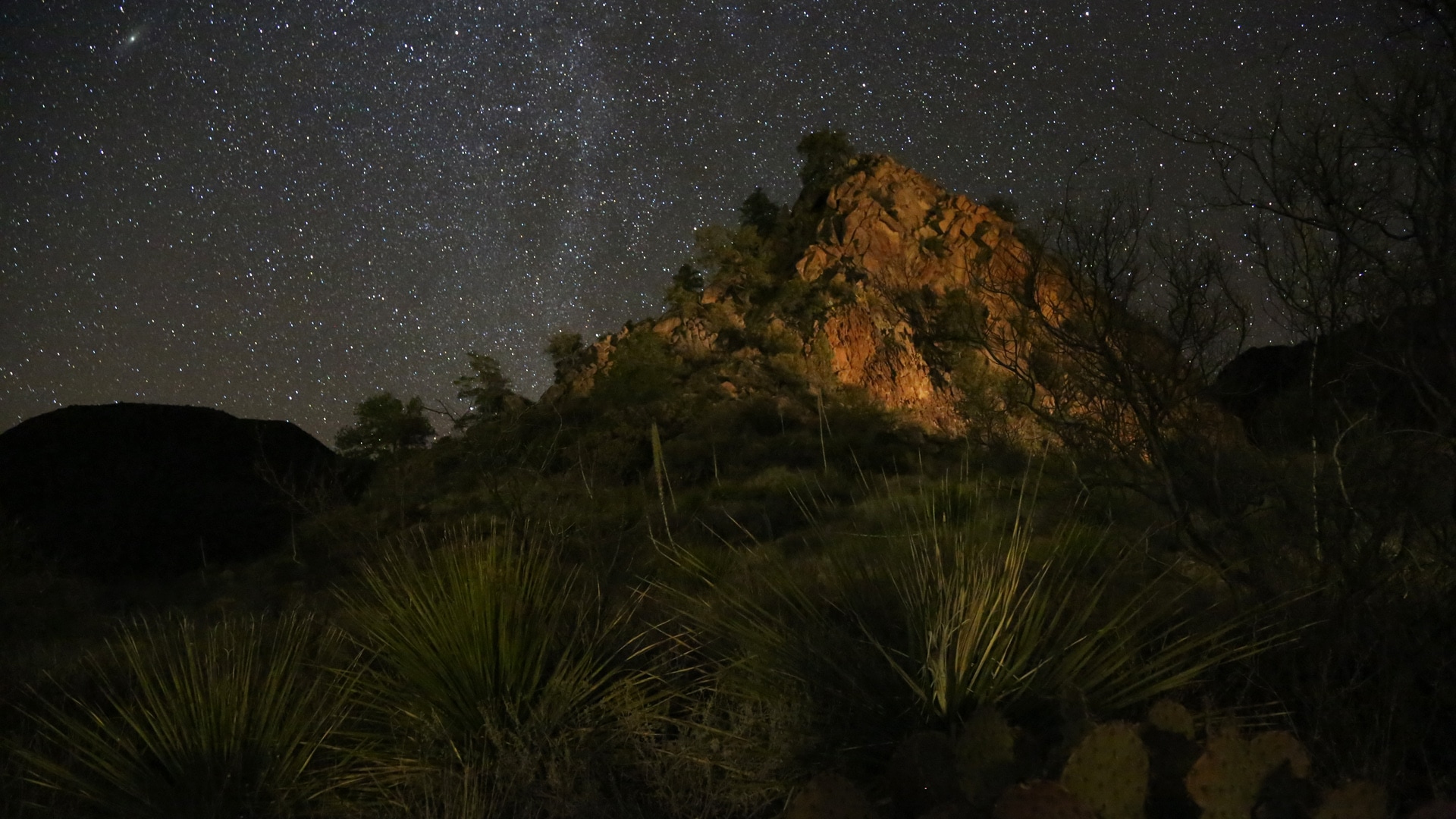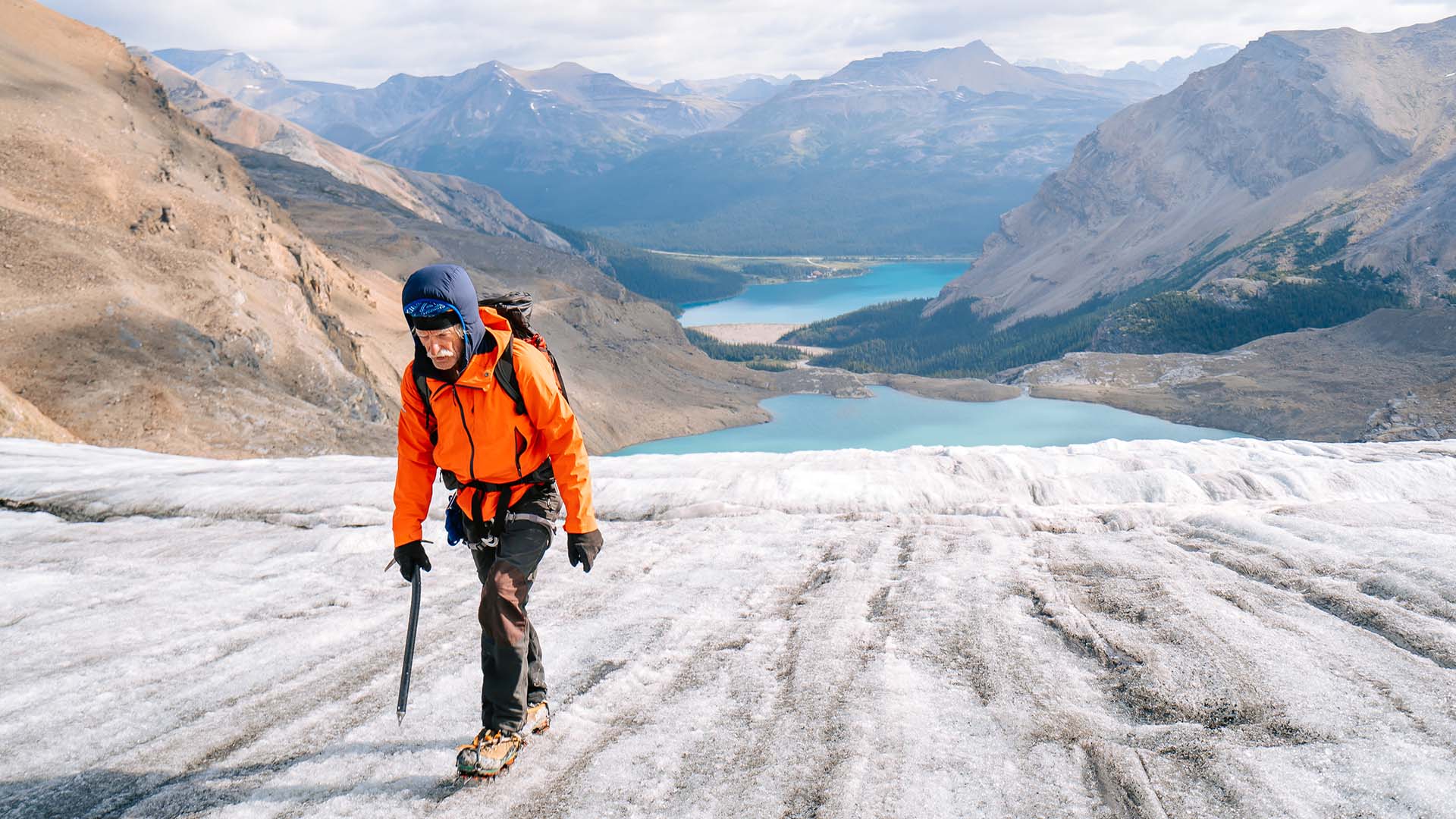Paddling through Minnesota’s Boundary Waters Canoe Area Wilderness
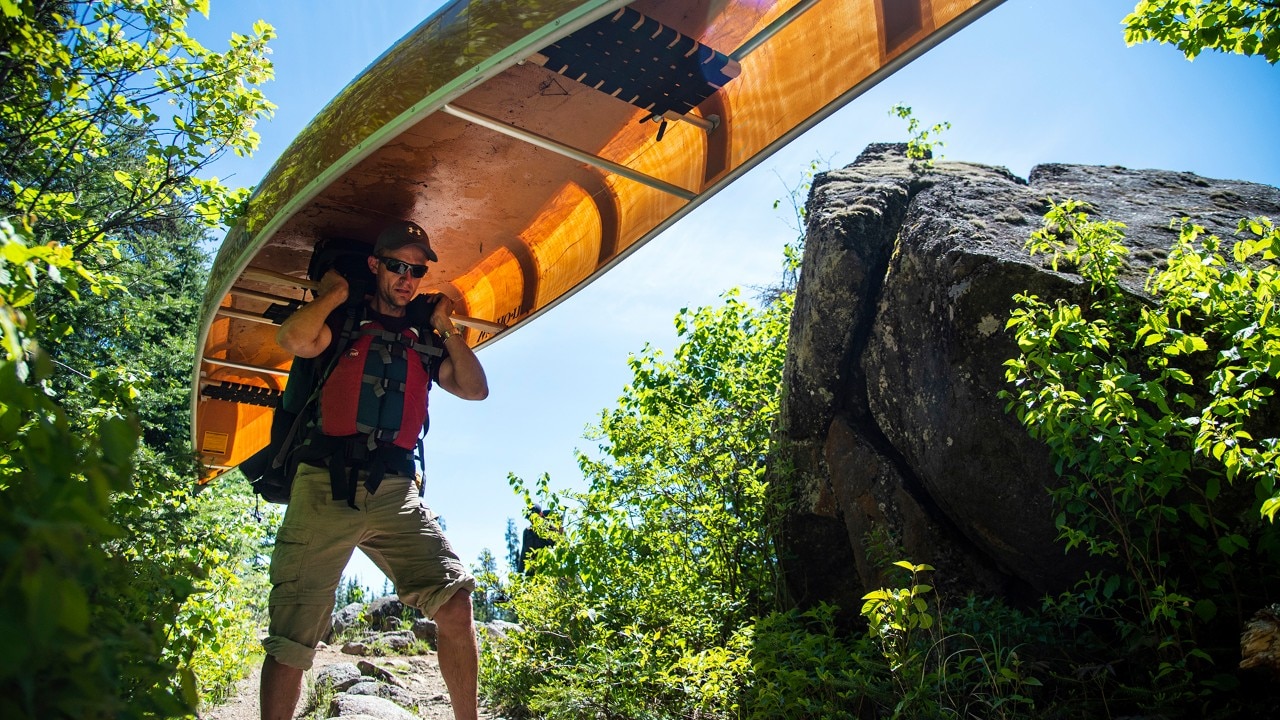
Peter portages the canoe from one lake to another, which is part of the BWCAW experience.
Story and photos by Joe Rogers
Joe is a travel writer and photographer based in Denver. See more of his work at The Travelin' Joe or on Instagram.
Three longtime friends reconnect on a camping trip in Superior National Forest.
I reach down and run my hand through the tea-colored water in Moose Lake, my tradition on the first day of each trip to the Boundary Waters Canoe Area Wilderness. In the northern third of Minnesota’s Superior National Forest — a verdant haven of pine, fir and spruce — the area fills nearly 1.1 million acres, encompassing more than 1,000 lakes, 1,200 miles of canoe routes, 12 hiking trails and 2,000 designated campsites. Sandy beaches, jagged cliffs and towering rock formations punctuate the landscape, and “infrastructure” amounts to fire grates and outdoor latrines at this rather primitive destination.
Peter and Jack, my longtime buddies, are with me, and some 14 years have passed since we last were here together. We board a towboat shuttle, where our packs, with enough gear and food for four days, lie at our feet. The three-person Kevlar canoe we’ll paddle in an 18-mile loop is strapped tightly above us. The morning sun fails to reveal itself and the shuttle’s swift pace across Moose and Newfound lakes to the first portage creates a cold, whipping wind, so we zip our jackets and don warm beanies.
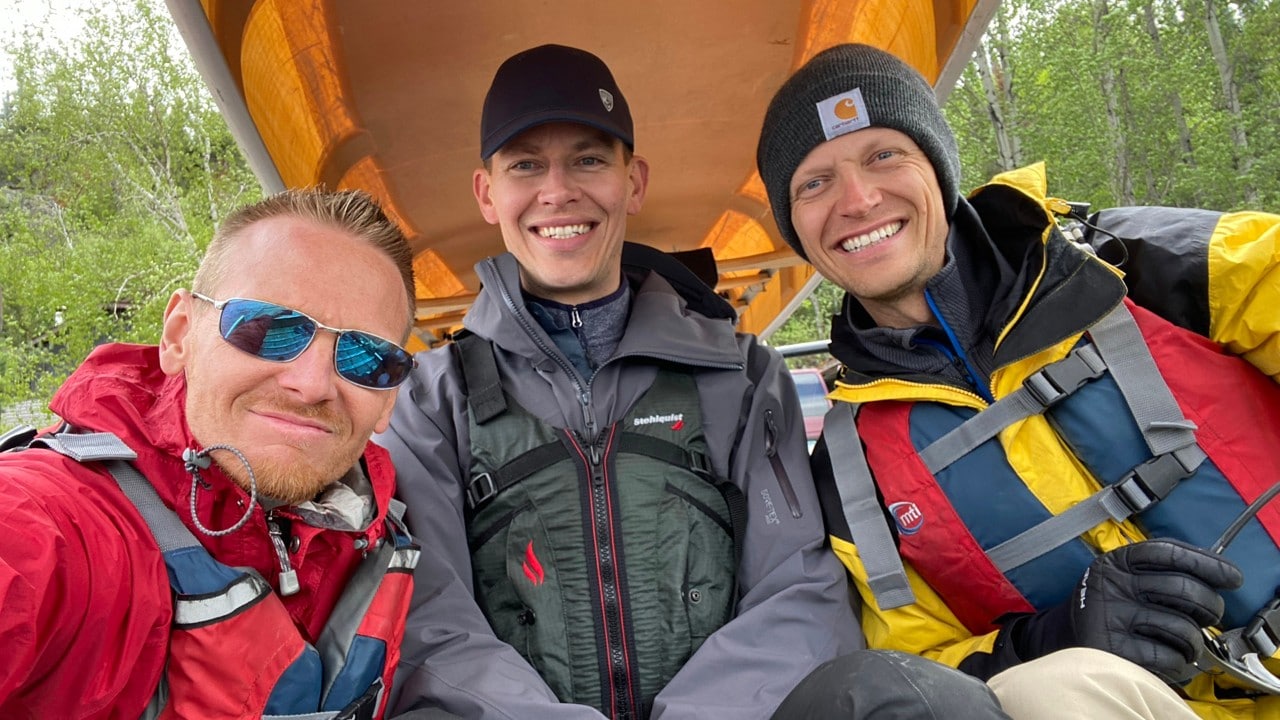
From left, Joe and his friends Jack and Peter pose for a photo on the first day.
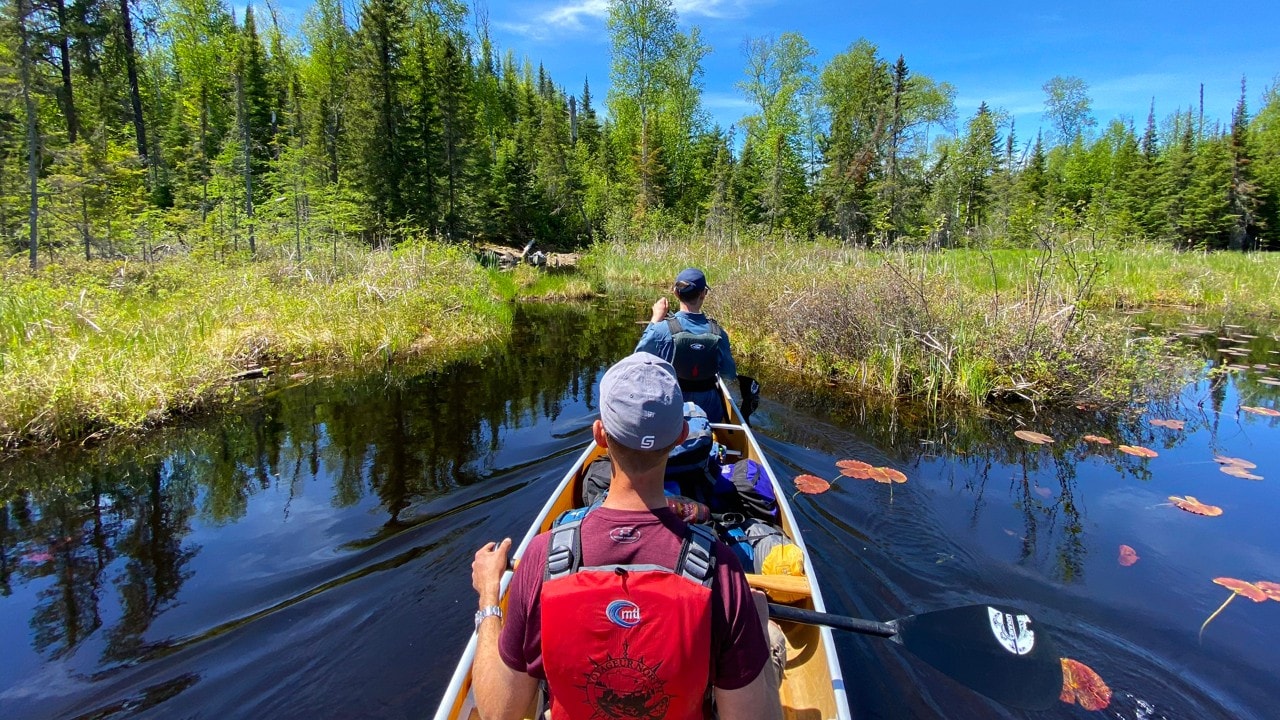
More than 1,000 lakes create a unique wilderness experience.
Fourteen years ago, we’d have paddled the 5 miles, thinking a shuttle ride to the first portage would be ridiculous. Peter shares the same thought. “No way we’d have done this in the past!” he shouts over the wind and roaring motor. Jack, the pragmatist, hollers back, “Maybe not, but we’re shaving off what, three hours of paddling? I’m OK with that.” I nod in agreement.
Peter and Jack, lawyers in North Dakota, are brothers. Peter lives in Fargo; Jack remains in Bismarck, where I originally met them. Our past adventures were memorable, and we’re making this trip to reinstate our once-annual get-togethers. To get here, the three of us drove our rental car five hours from Fargo.
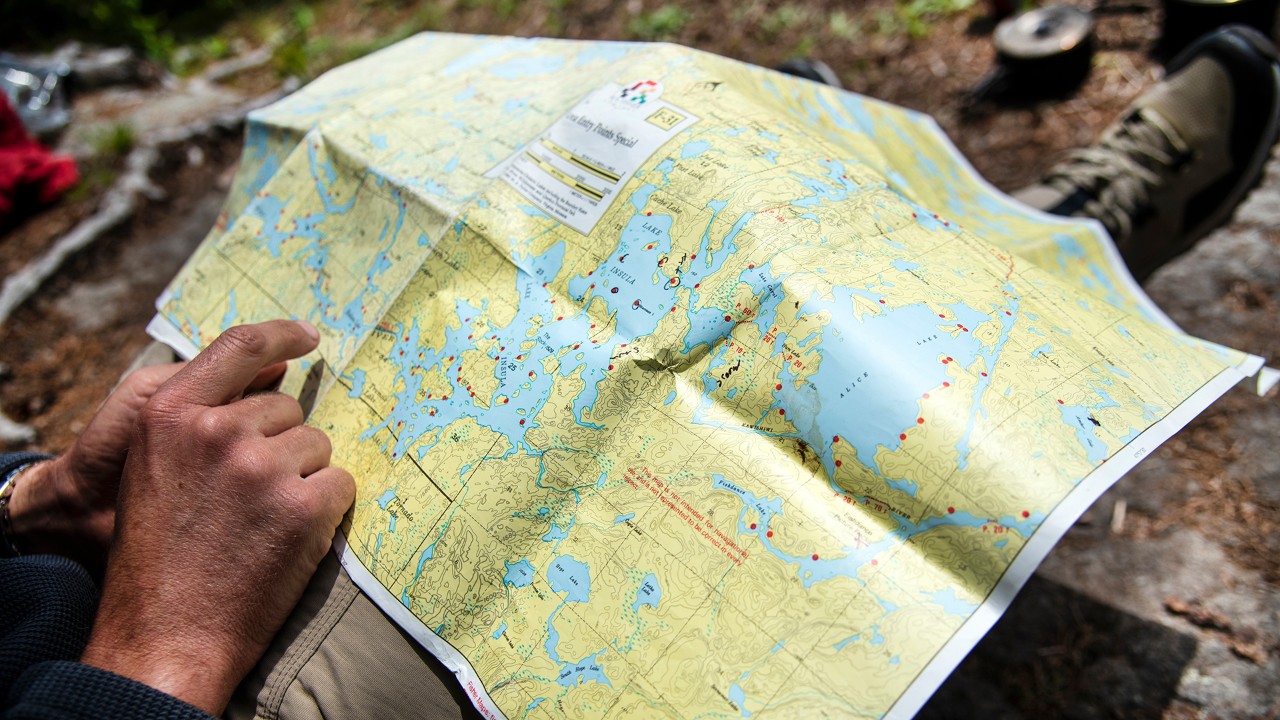
Adventurers can plot their own course through the lakes.
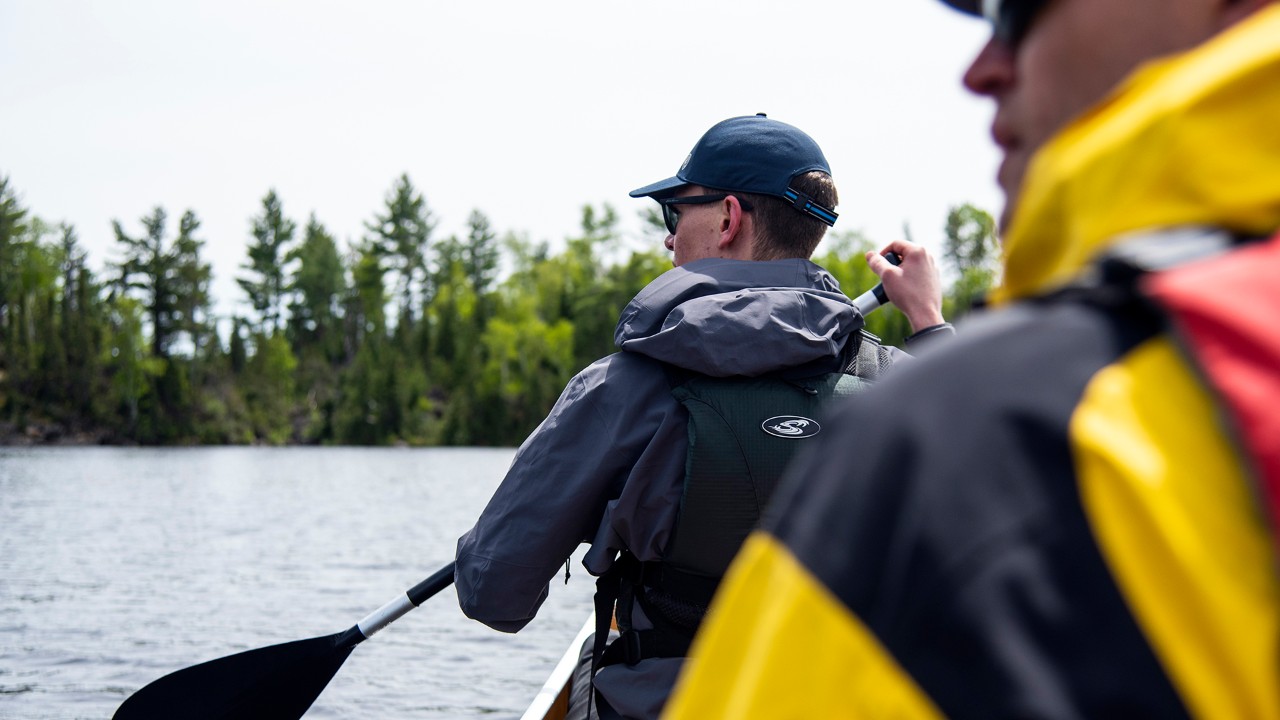
Jack and Peter navigate a lake on the way to the campsite.
Early Pleasures of the Journey
Along the way, we stopped in Minnesota’s Itasca State Park to explore the headwaters of the Mississippi River, which starts out a mere 18 feet wide in knee-deep water. From there, we followed a 70-mile portion of the Great River Road National Scenic Byway, traveling from Bemidji to Grand Rapids. Then, we headed northeast along Highway 169 through the historic mining towns of Hibbing and Chisholm.
The western entry points to the Boundary Waters Canoe Area Wilderness are near Ely, Crane Lake and Cook. As in the past, we chose to enter near Ely, a splendid town overflowing with recreational opportunities and a half dozen or more canoe outfitters. We stopped at Voyageur North Outfitters, where owner John O’Kane welcomed us warmly, as he has other paddlers for 40 years.
Just two hours after the shuttle dropped us off, we’ve already paddled across glassy Ensign Lake and now sit in the canoe on the northern end of Ashigan Lake. Our plan is to camp at Jordan Lake, still three portages and two more lakes away. I point straight ahead and say, “If we keep that island to our left, the portage should be in front of us.” Peter nods in confirmation. The lake isn’t large, but it’s new to us, so Peter and I both double check the map. Out here, it’s easy to miss a portage if you’re not paying attention. But therein lies the fun — using only a map and our sense of direction to find our way.
When we reach the portage, it takes longer to traverse than expected, our first reminder of the effort of moving deeper into the wilderness. Jack takes his turn carrying the canoe on his shoulders while Peter and I follow, shuttling gear through a mosaic of jack pine, fir, birch and aspen to Gibson Lake.
The Boundary Waters Canoe Area Wilderness sees almost 200,000 visitors annually, but it’s rare for every campsite at any of the lakes to fill up. However, the sites at Jordan Lake are full, as are those at Ima Lake, a hot spot for anglers fishing for trout, walleye and northern pike. Finally, we find an open site at Alworth Lake and decide to make that our base camp. Immediately, we fall into a familiar rhythm: pitching tents, sorting gear, gathering wood, filtering water and then relaxing over a hot dinner.
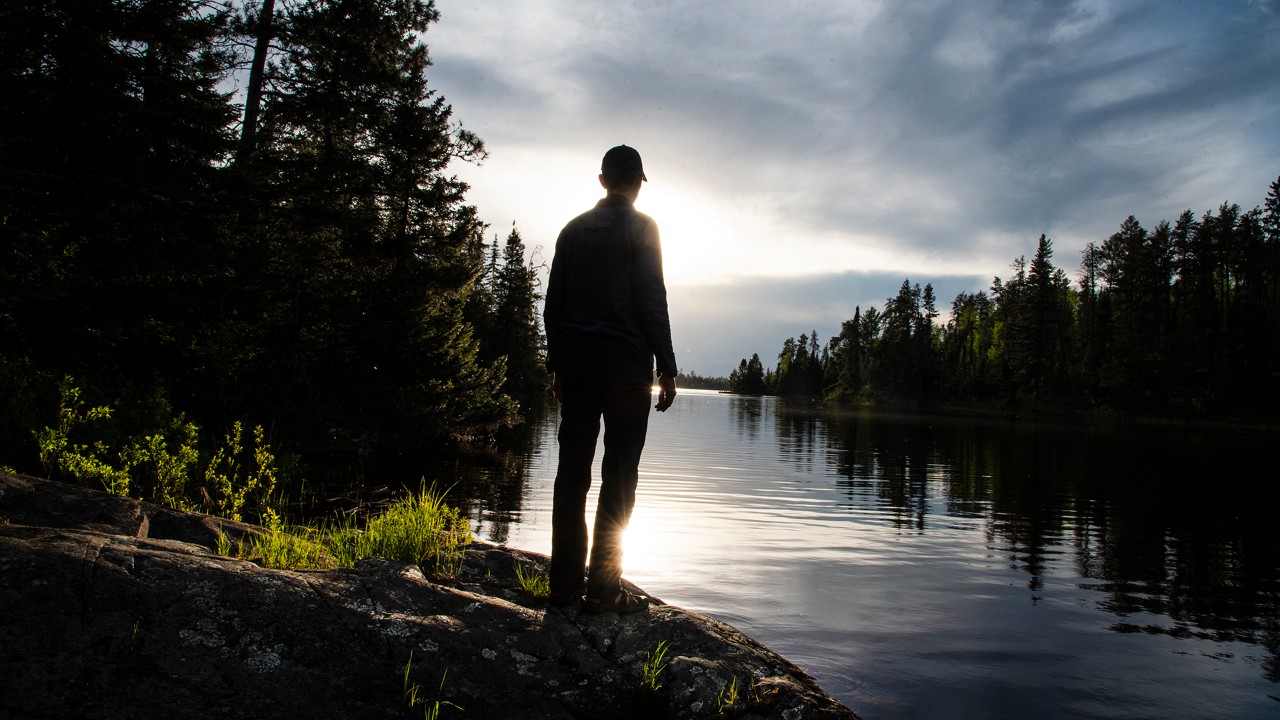
"What truly draws me back is being left alone with nature and my thoughts," said the author.

Primitive campsites often sit a quarter-mile from each other.
Camping As We Like It
Some mornings we sleep in. On another, I rise early to sip coffee and watch the sunrise through the trees. One afternoon, we hike part of Old Pines Trail, investigating the intricate details of the forest floor, undulating with life and thick texture. On another, we venture to distant lakes, keeping our eyes peeled for lazy snapping turtles sunbathing on fallen trees and bald eagles soaring overhead. Back in camp, I lie in the hammock and watch clouds drift overhead.
My favorite times are around the crackling fire each evening. By the shore, water laps against the canoe, and a common loon’s yodel echoes out across the night as we crack jokes, make small talk and smoke cigars. I make time to lean back and be mesmerized by a sky crammed with twinkling stars and distant galaxies too numerous to imagine.
Yesterday, we made quick work of the 5-mile paddle and multiportage jaunt to Disappointment Lake, thanks to lighter packs and our nature-hardened physiques — or so we joked. And now the trip is almost over. “I bet if we had an air mattress and a masseuse,” Peter says, “I could easily spend a few more days here.” We laugh, and I raise my camera to photograph the sunset, a magnificent display of fiery red and orange pigments. We watch intently as the sun dips below the tree-lined horizon. The next morning, after coffee we break camp and make sure we’ve left nothing behind. From here, it’s a two-hour paddle to Snowbank Lake and our ride back to Ely.
I don’t know when we’ll be back. When we do return, I don’t know if we may invite Peter’s two sons and daughter along. Either way, I look forward to the day when I can dip my hand into the cool, refreshing water once more and call this captivating place home, even for just a short time.
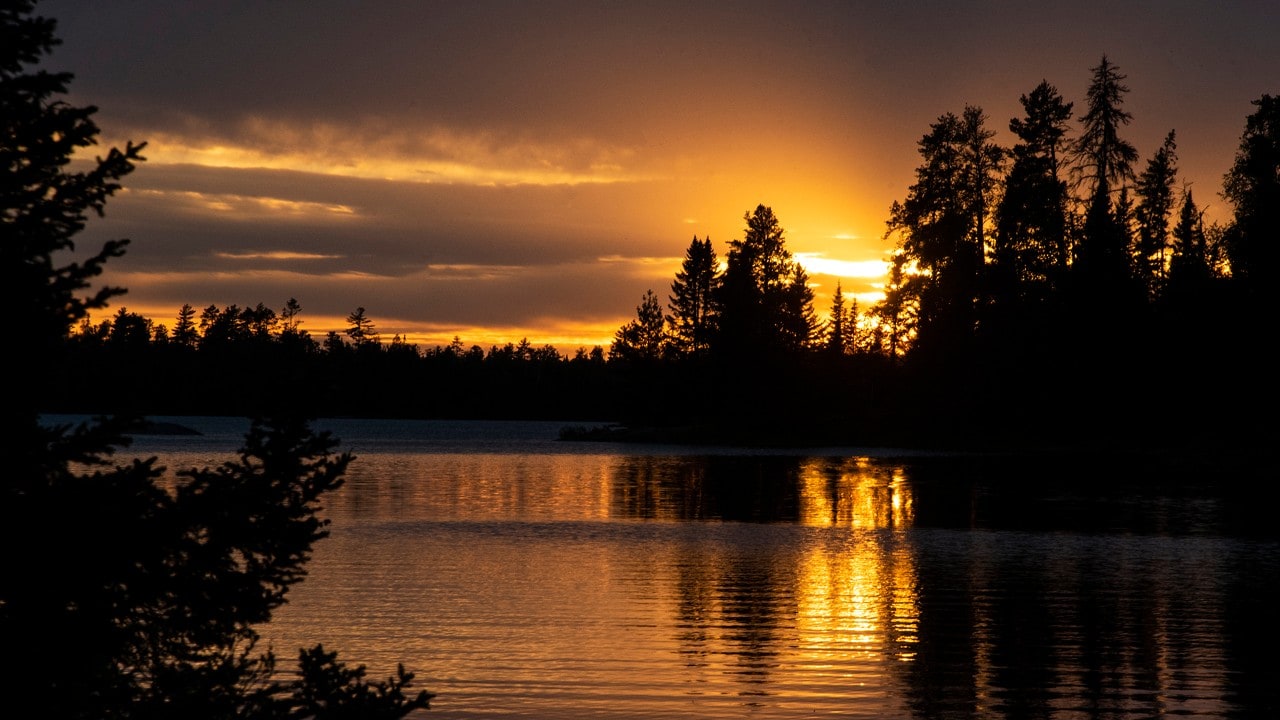
The sun sets over Disappointment Lake.
Related
Read more stories about outdoor adventure.
- Great Smoky Mountains Waterfalls
- Glamping in Oregon
- Coquihalla Mountain Skiing
- Floating on Ozark Rivers
- Crater of Diamonds
- Weekend Getaway to Tofino, Canada
- Road Trip to See Whales
- Road Trip to Colorado Mountains Fourteeners
- Grand Canyon Hike
- Old Friends Drive the Sea to Sky Highway
- Caving in the Black Hills of South Dakota
- Southern Illinois Road Trip Features Hidden Gem Outdoor Adventures
- Sinkholes and Underwater Caves Rival Tulum’s Caribbean Beaches
- Weekend Getaway to Palo Duro Canyon, Texas
- Vancouver Spawns New Friendship
- Road Trip to Hikes along the Crooked Road
- Romantic Getaway in Sedona, Arizona
- Algonquin Park Scenic Drive
- South Dakota Black Hills
- Must-Visit Mayan Ruins Near Cancun
- Day Trips From Las Vegas
- Kenai Fjords National Park
- Isle Royale National Park
- Icefields Parkway 3-Day Driving Trip
- New River Gorge National Park
- Washington's San Juan Islands
- Hunting for Wild Mushrooms in Indiana
- Road Trip to Nova Scotia's Wild Berry Bounty
- Nature Photography Tips
- Glamping in the Catskill and Adirondack Mountains
- Road Trip to Canyon de Chelly National Monument
- Road Trip to Montana’s Independently Owned Ski Areas
- Road Trip to Snowy Range Scenic Byway
- Road Trip on Maine's Pequawket Scenic Byway
- Road Trip to Whale Watch Spots
- Todos Santos: A Colorful, Seaside Town in Mexico
- Meeting Wildlife Face to Face in the Sea of Cortez, Mexico
- Road Trip to Red Rock Canyon Near Las Vegas
- Visiting Washington's Olympic National Park in the Offseason
- Road Trip to Wyoming's Flaming Gorge
- Black Canyon of the Gunnison National Park
- Hot Air Ballooning in Arizona
- Road Trip to Saguaro National Park
- Weekend Getaway From Mexico City to See Butterflies
- Boundary Waters Canoe Area Wilderness
- Road Trip to Colorado Mountains Fourteeners Attractions
- Weekend Getaway to San Luis Obispo
- Road Trips to See Wildlife
- Every Hour Is Golden in Mexico’s Loreto
- Road Trip for Florida Fishing
- Tour Mexico’s Río Secreto, an Underground River
- An American Safari
- Stargazing in Texas: McDonald Observatory and Beyond
- Mountaineering in the Canadian Rockies

